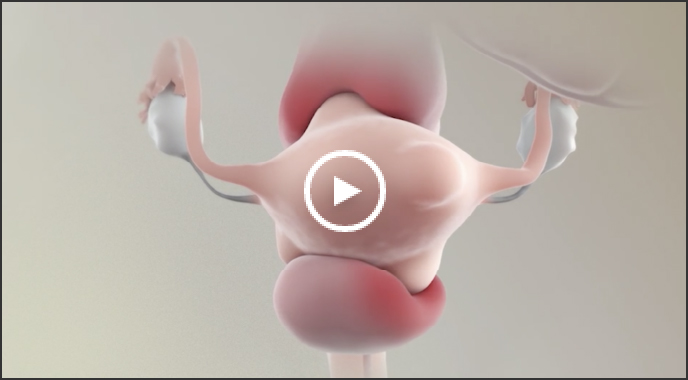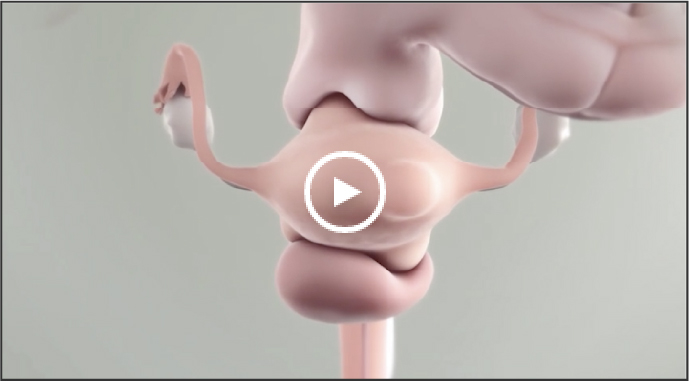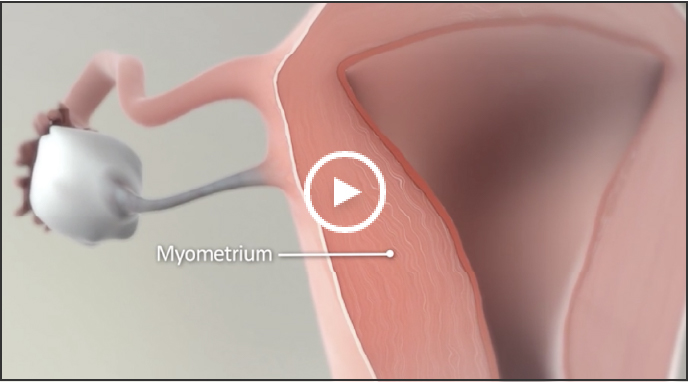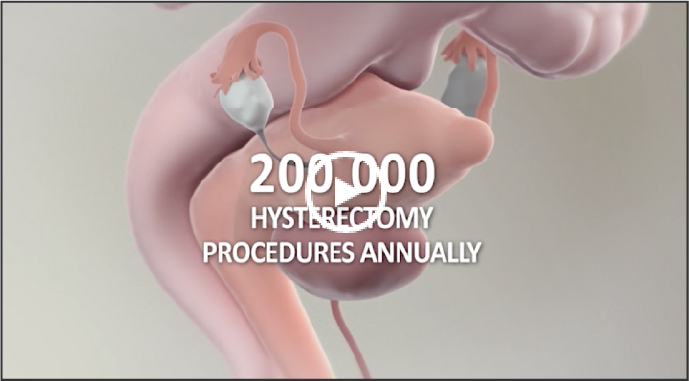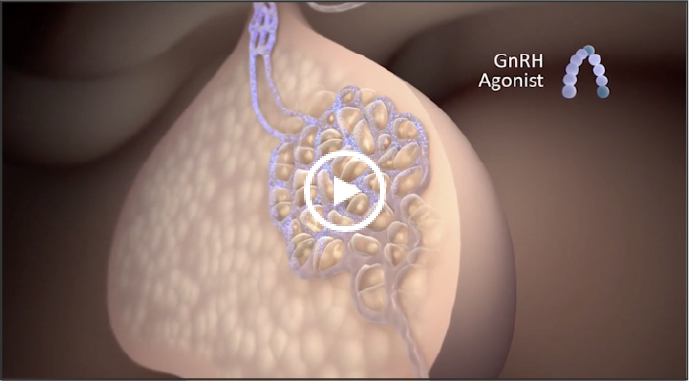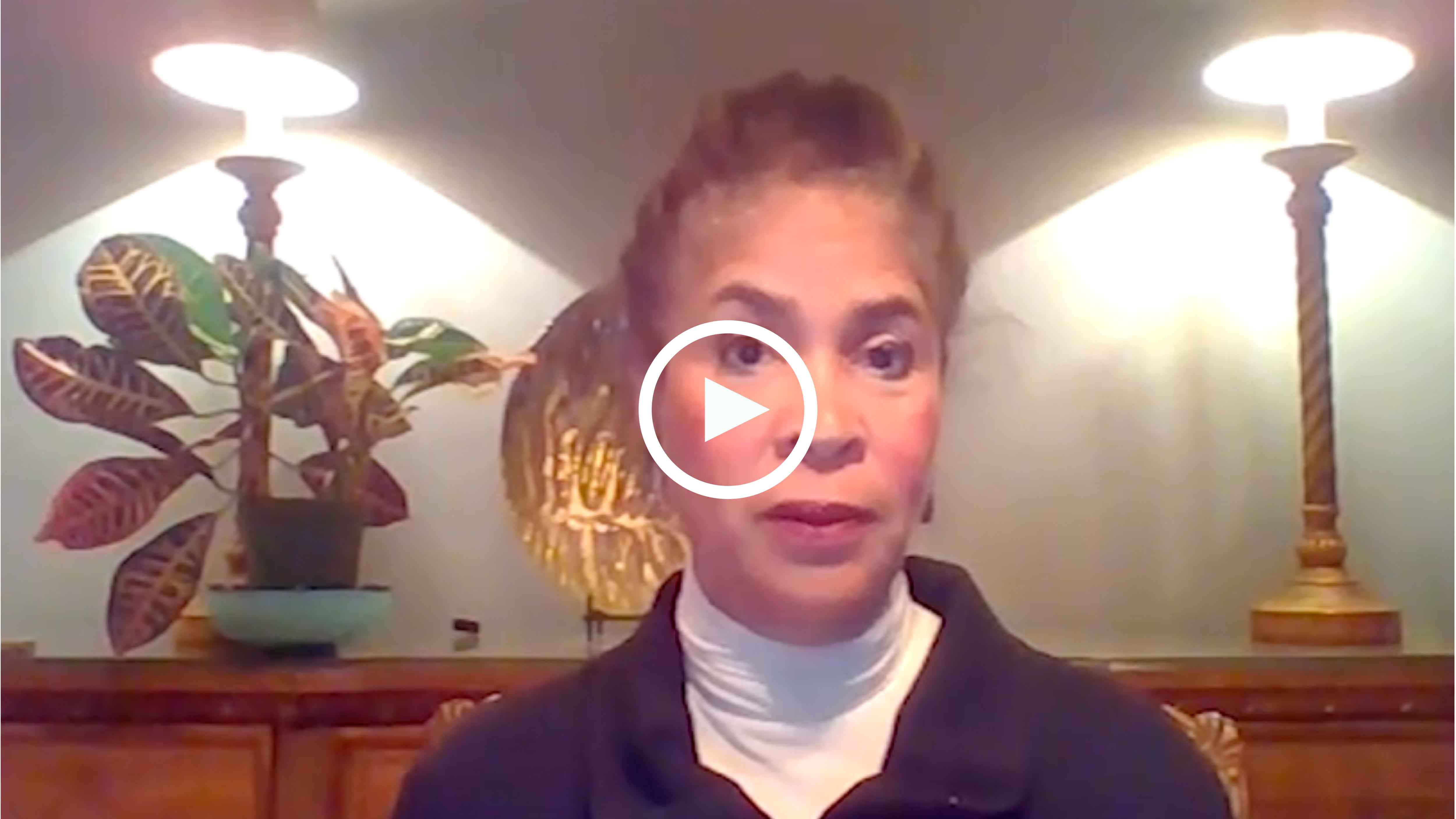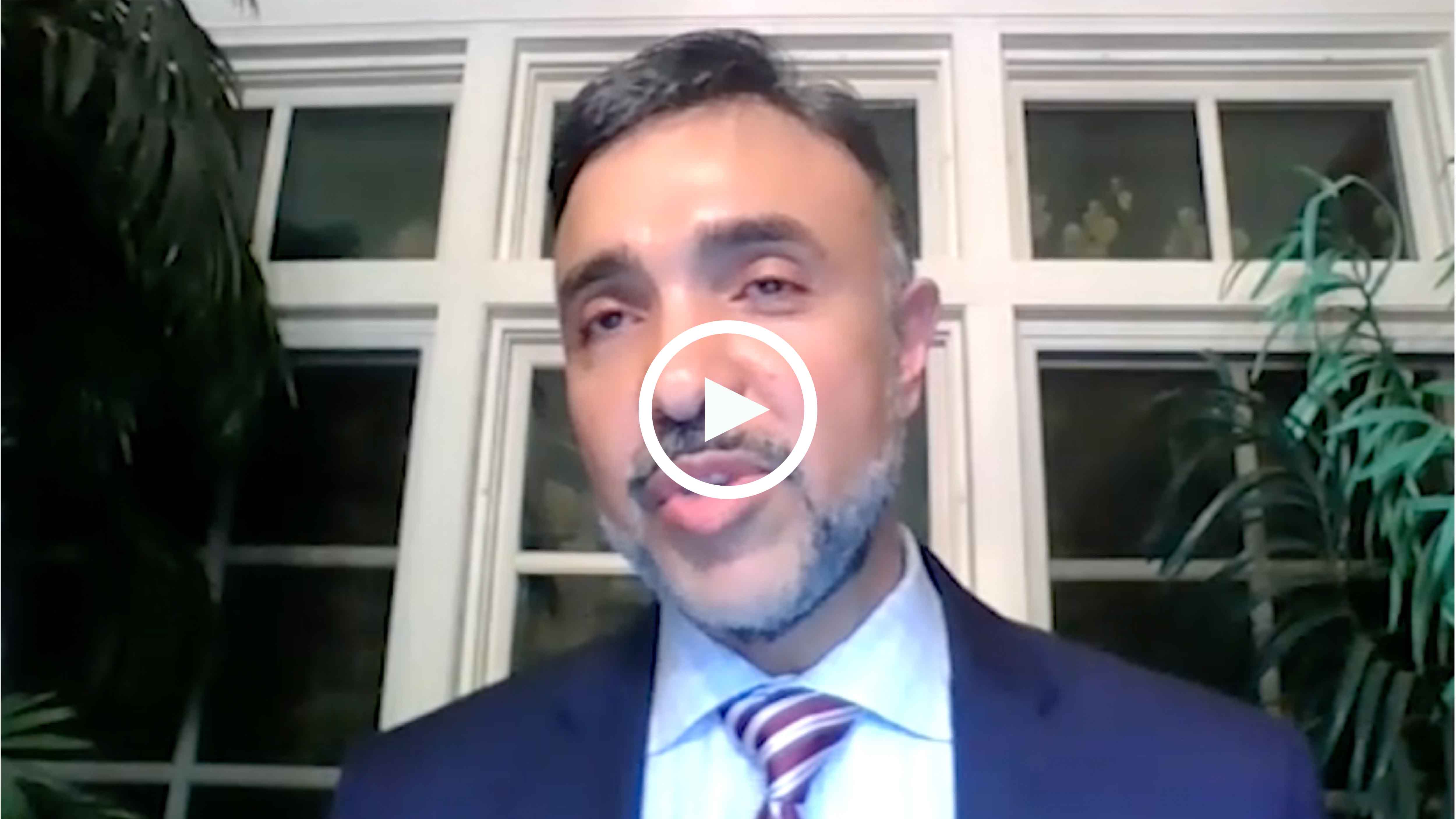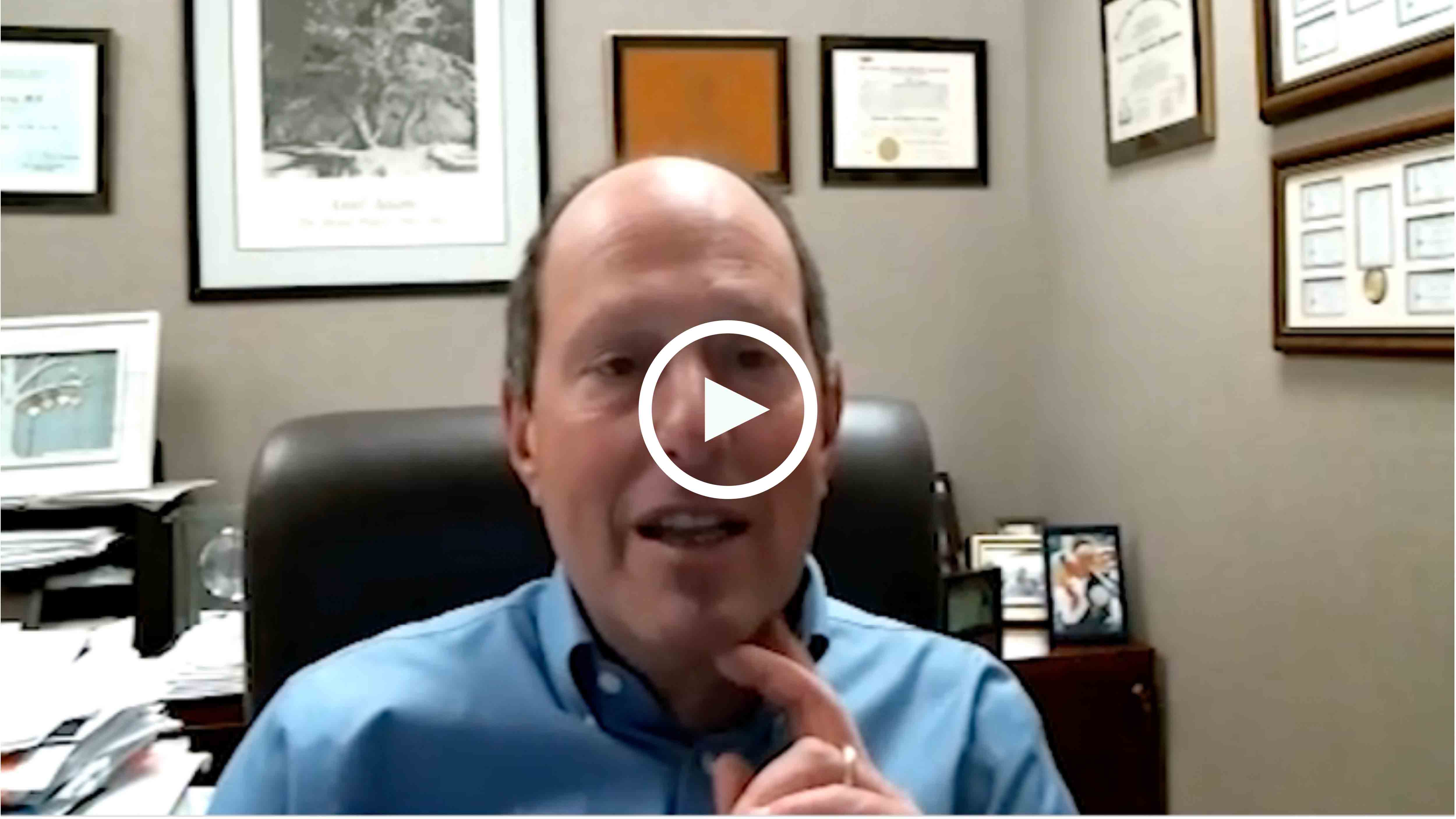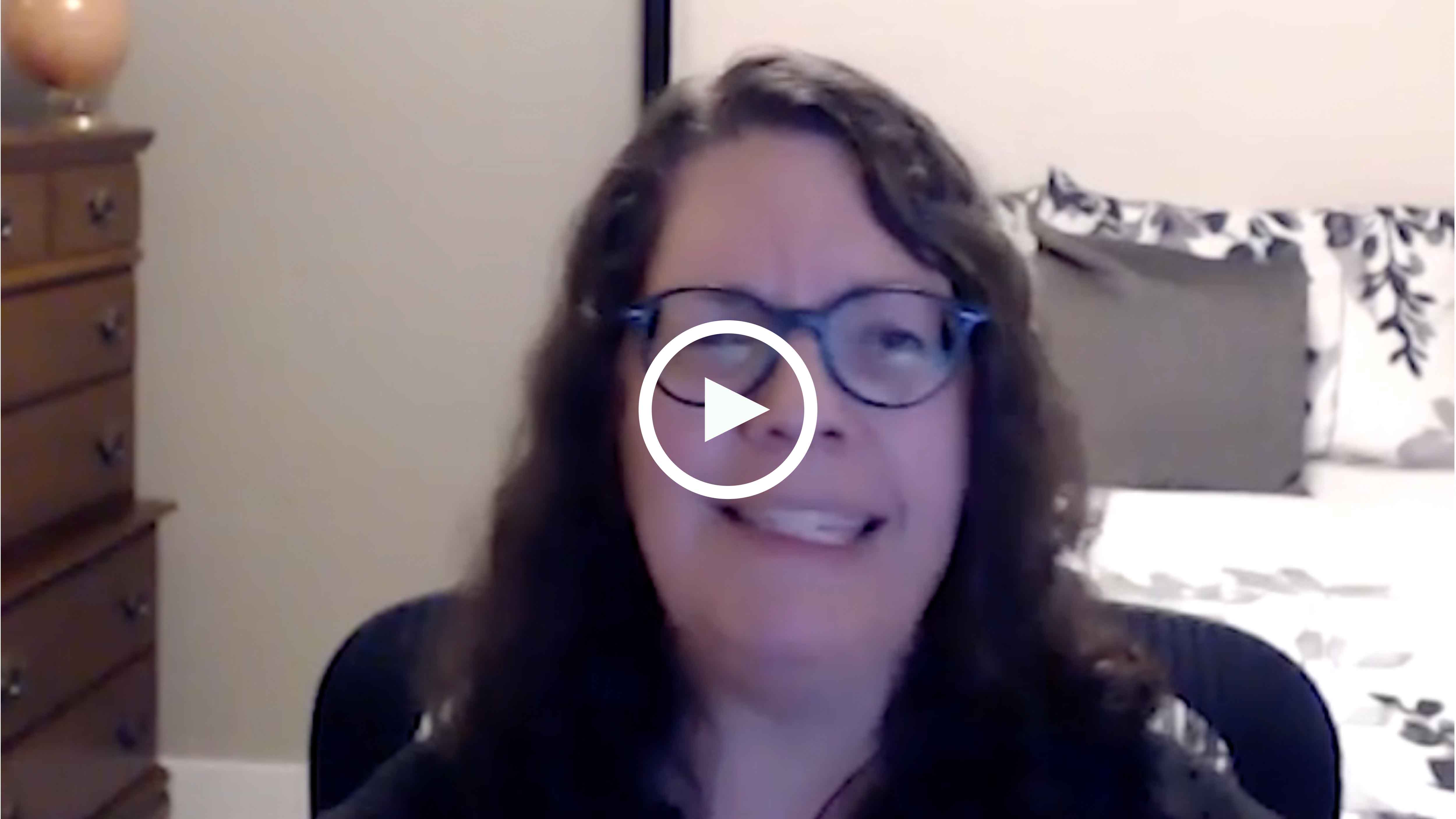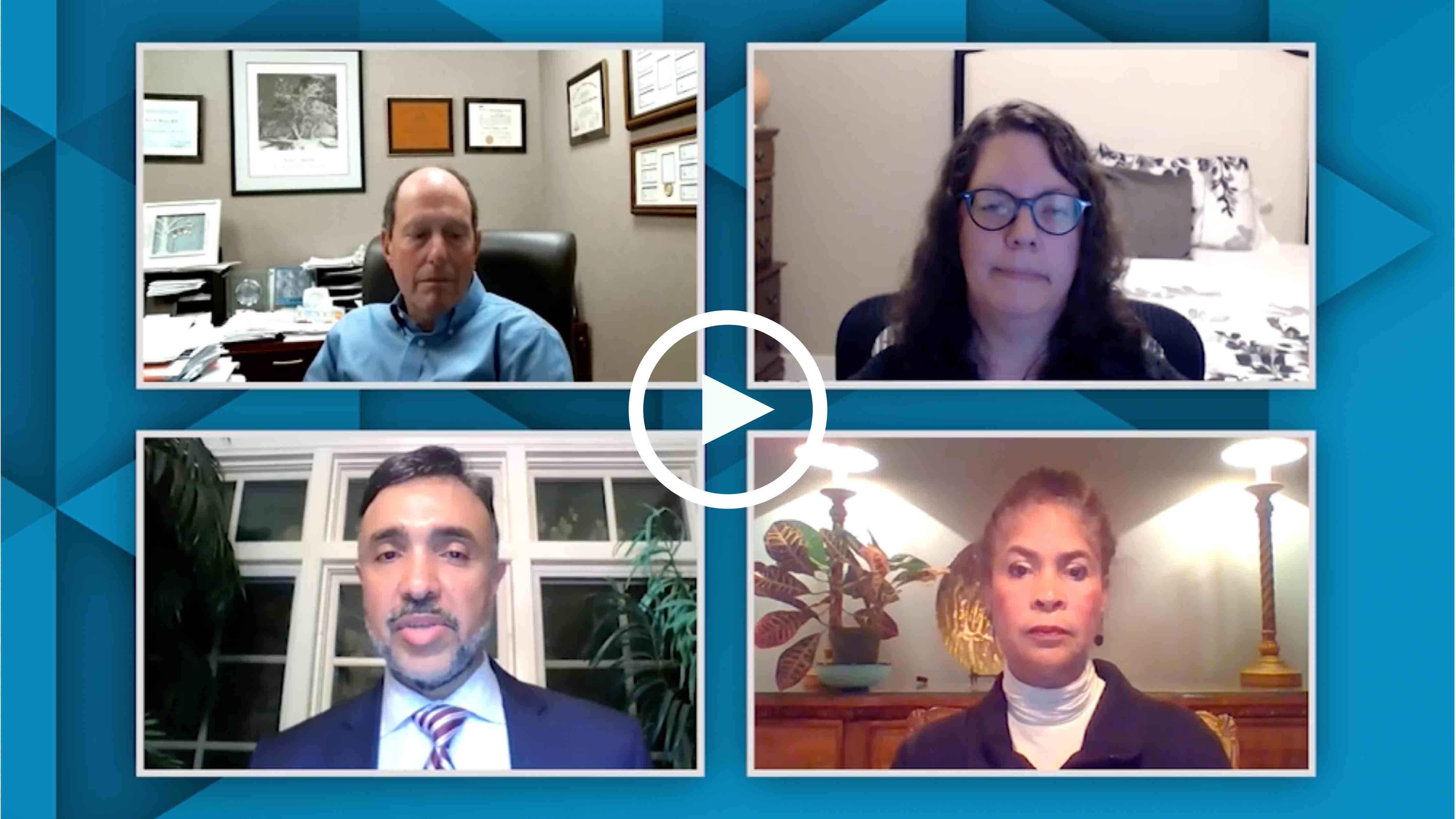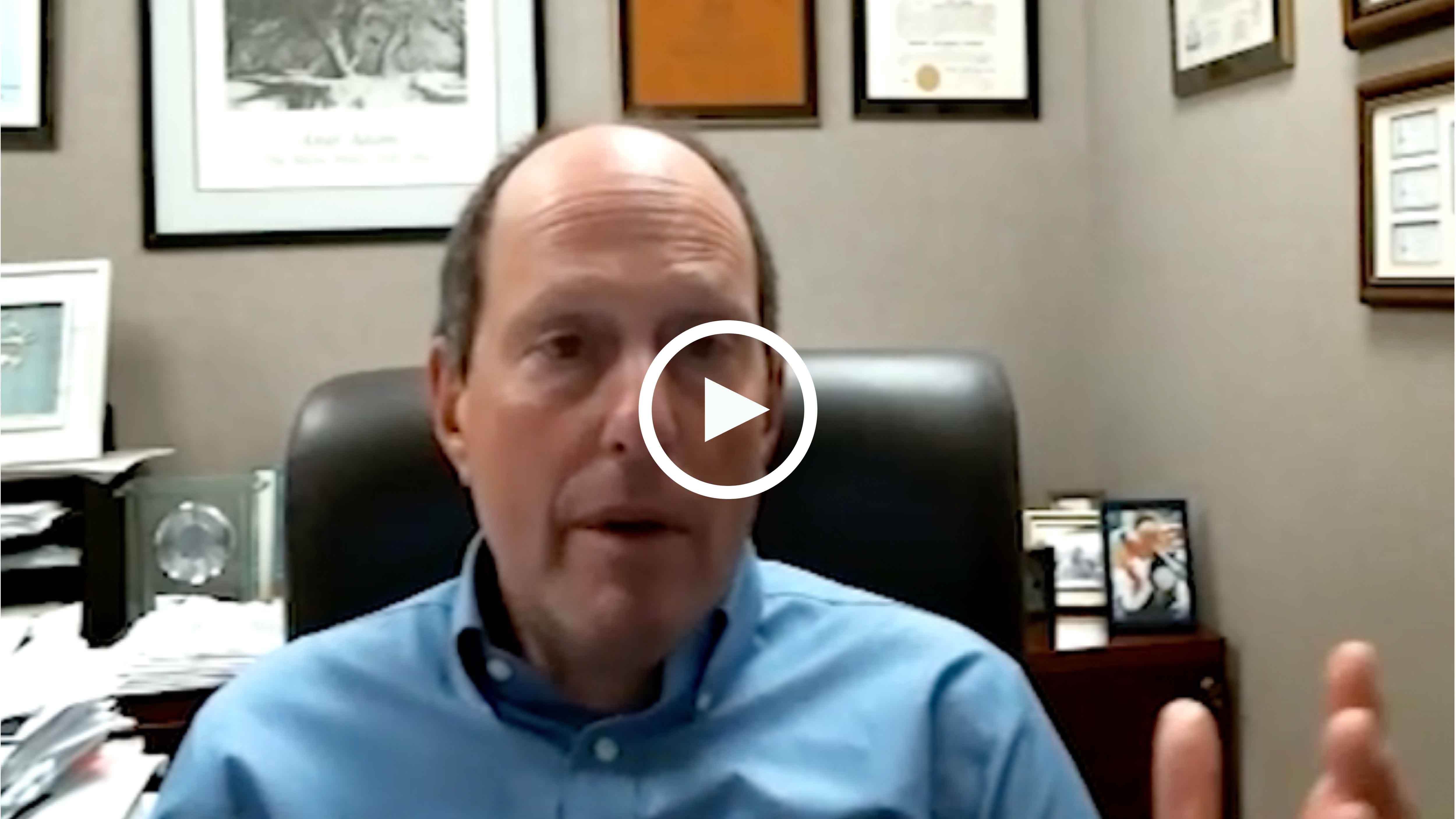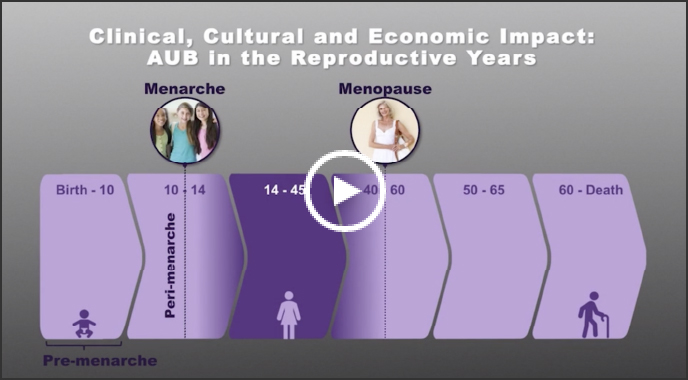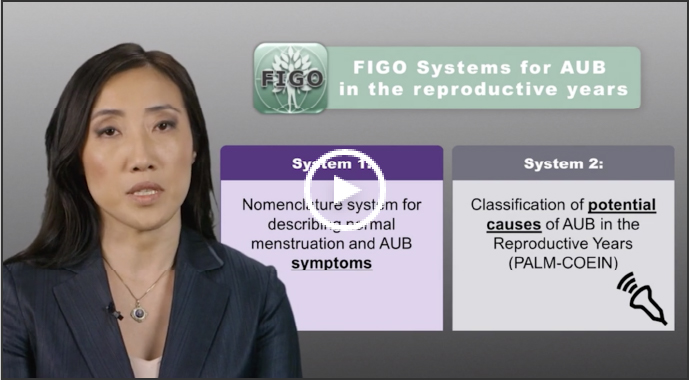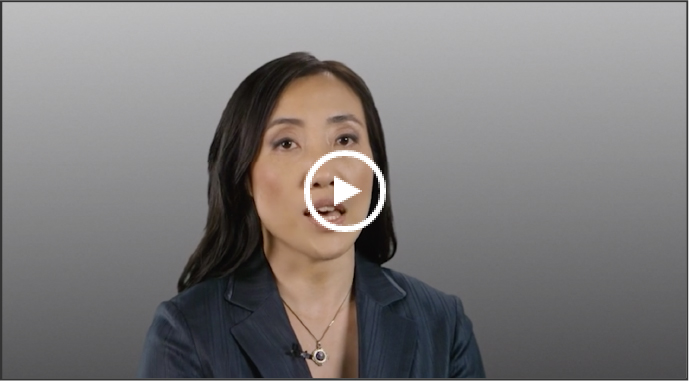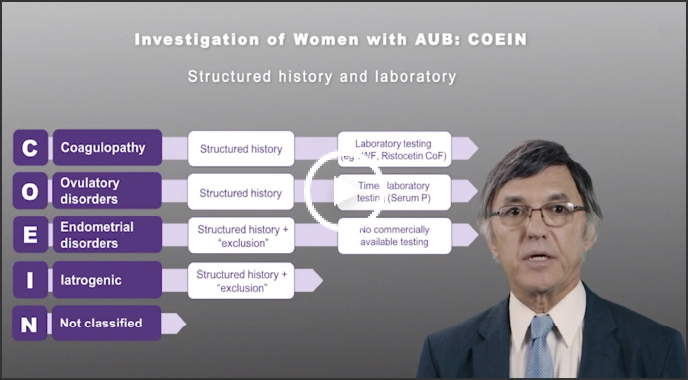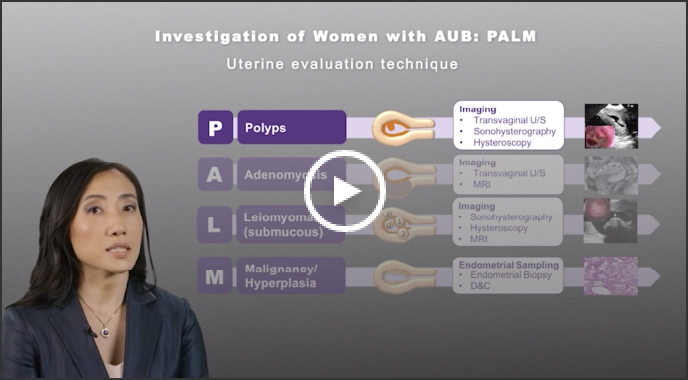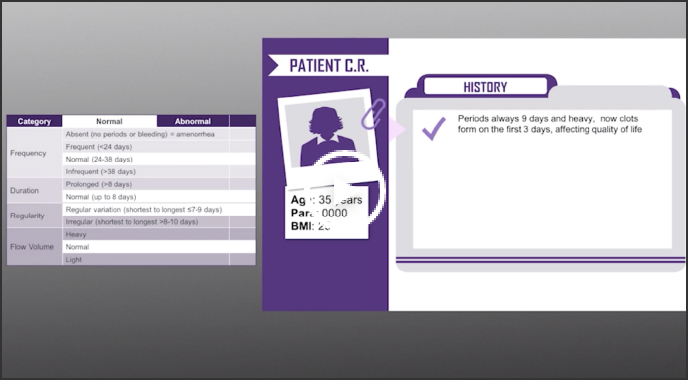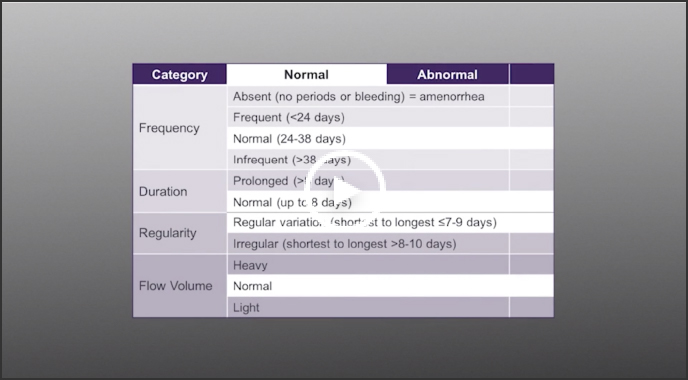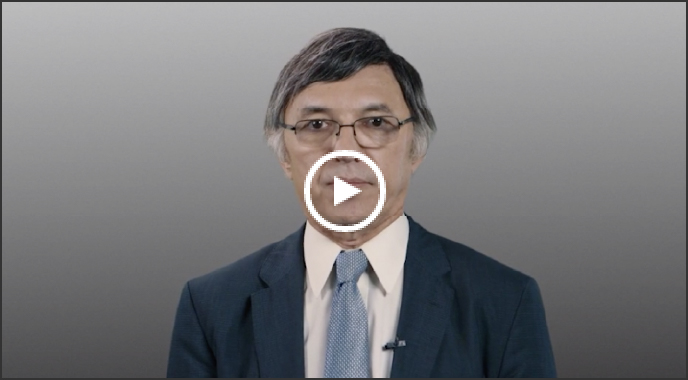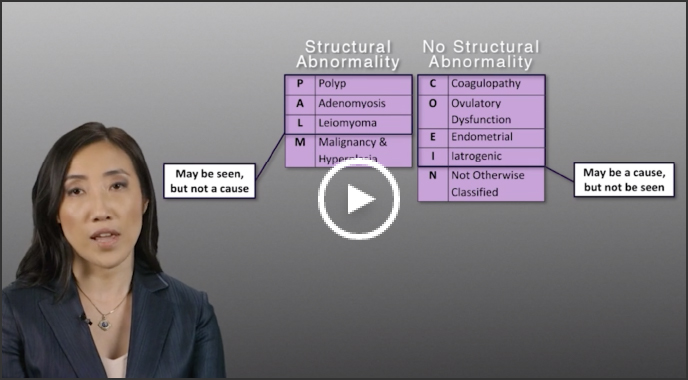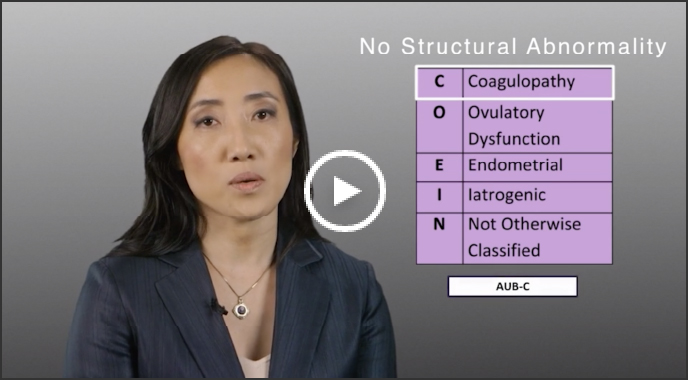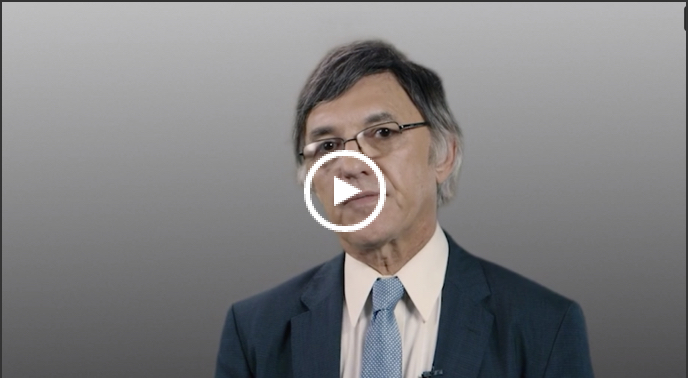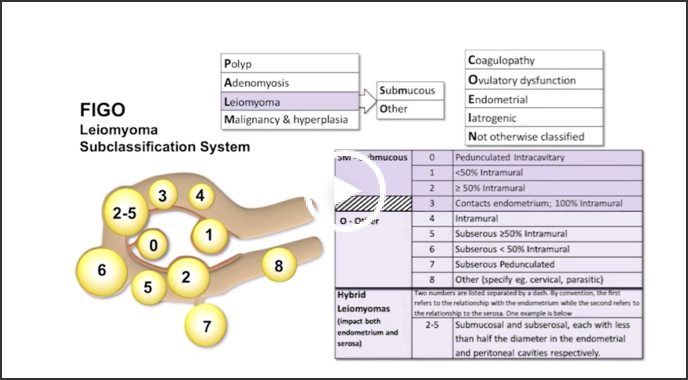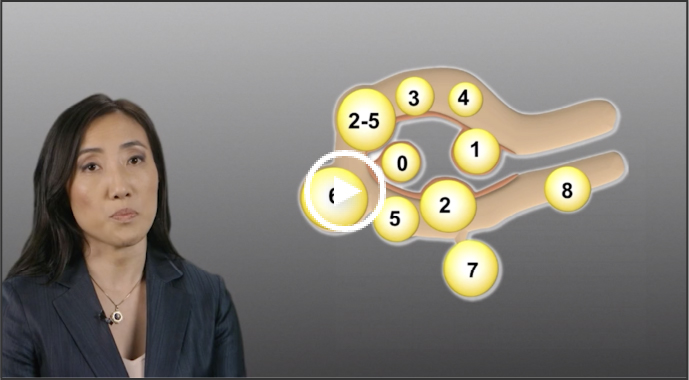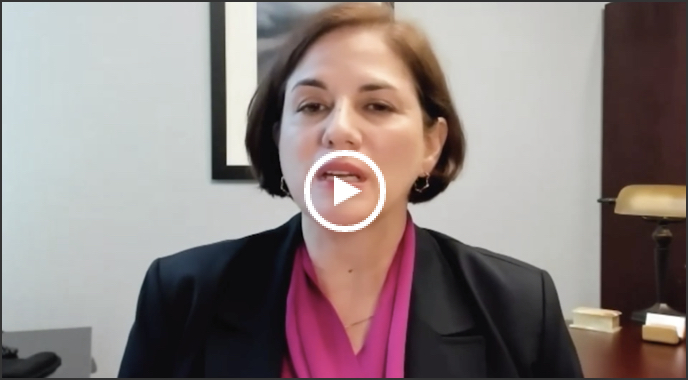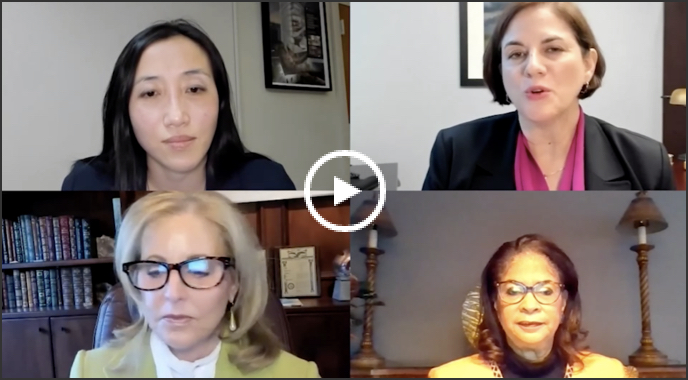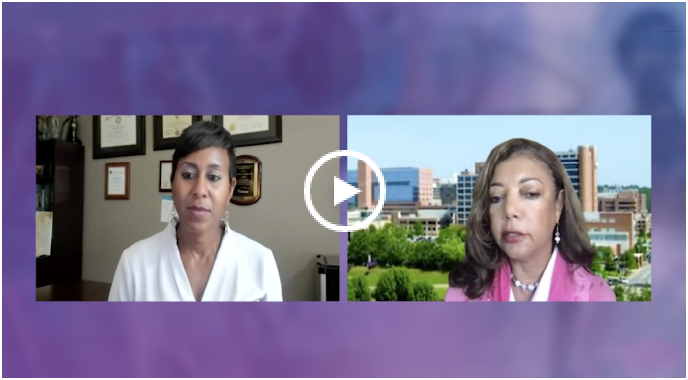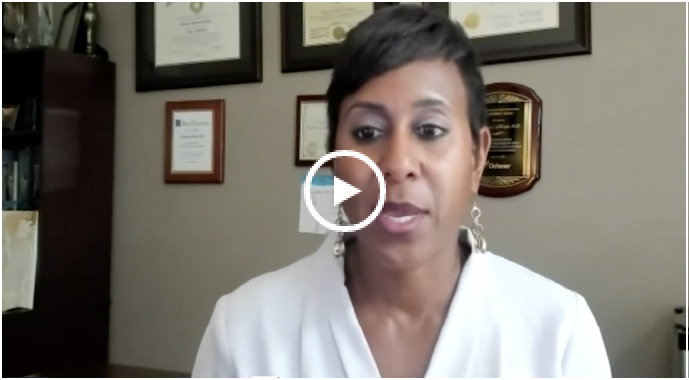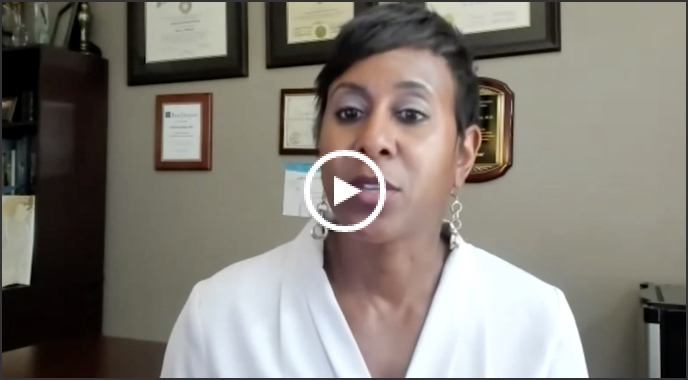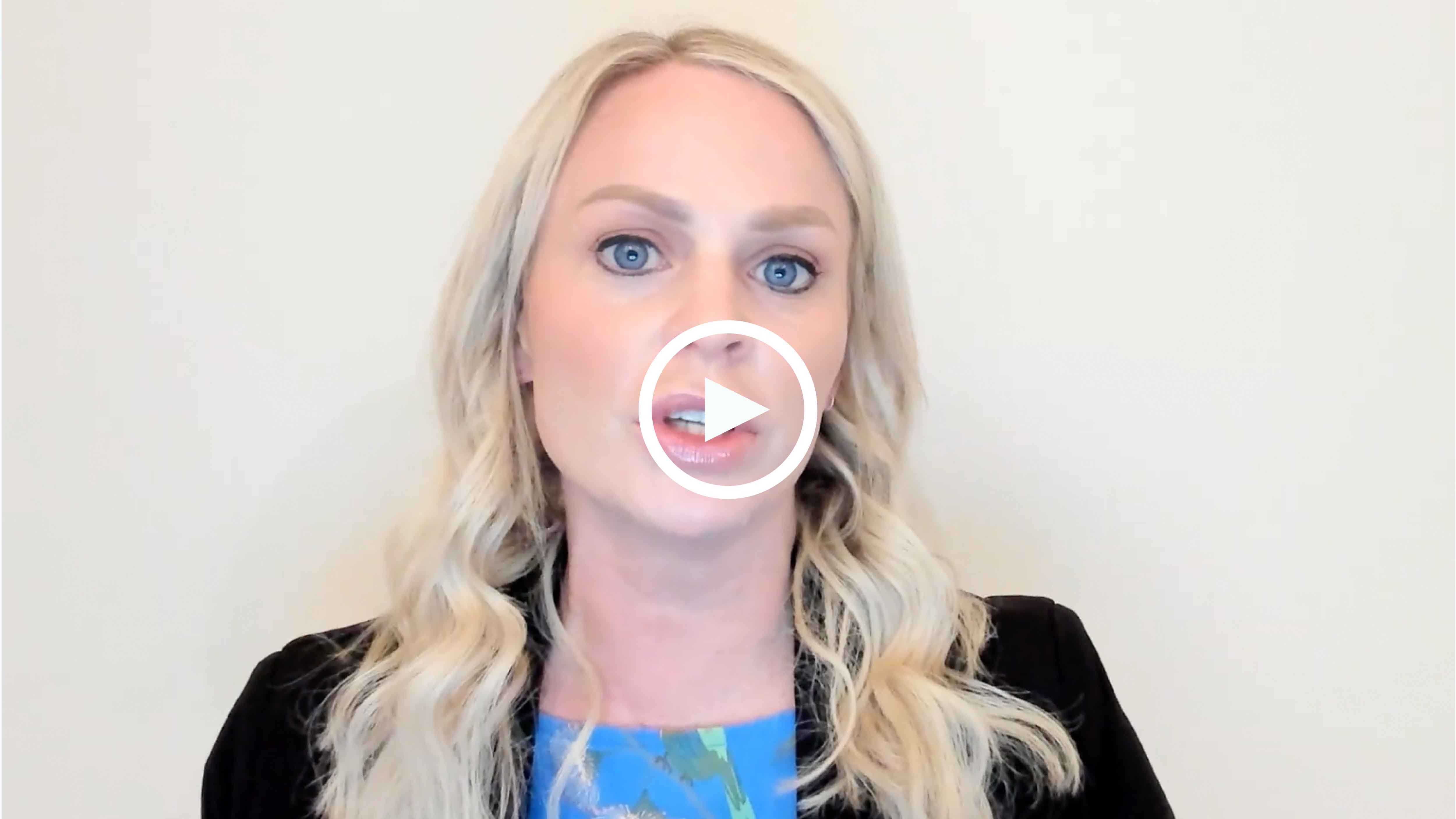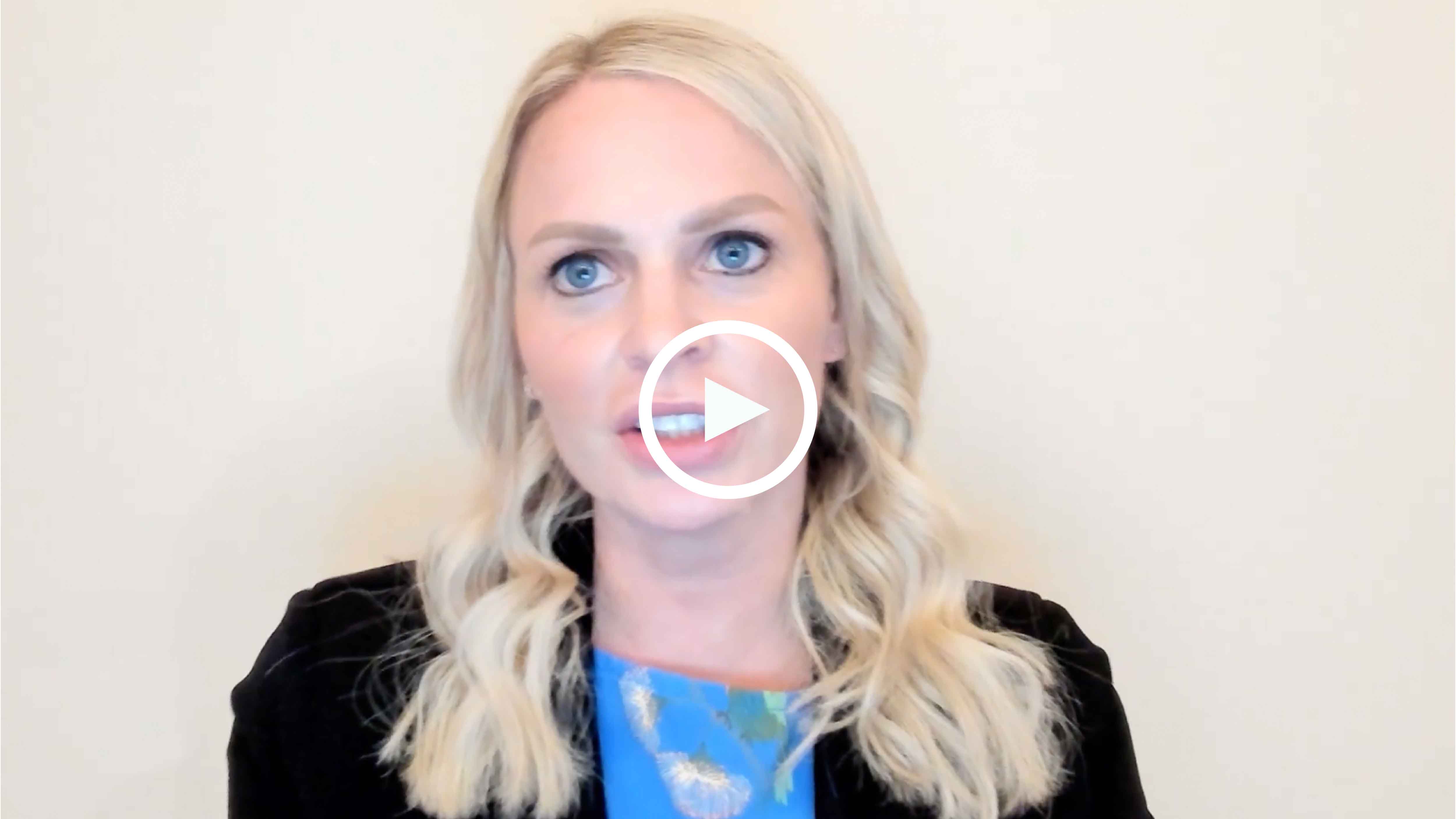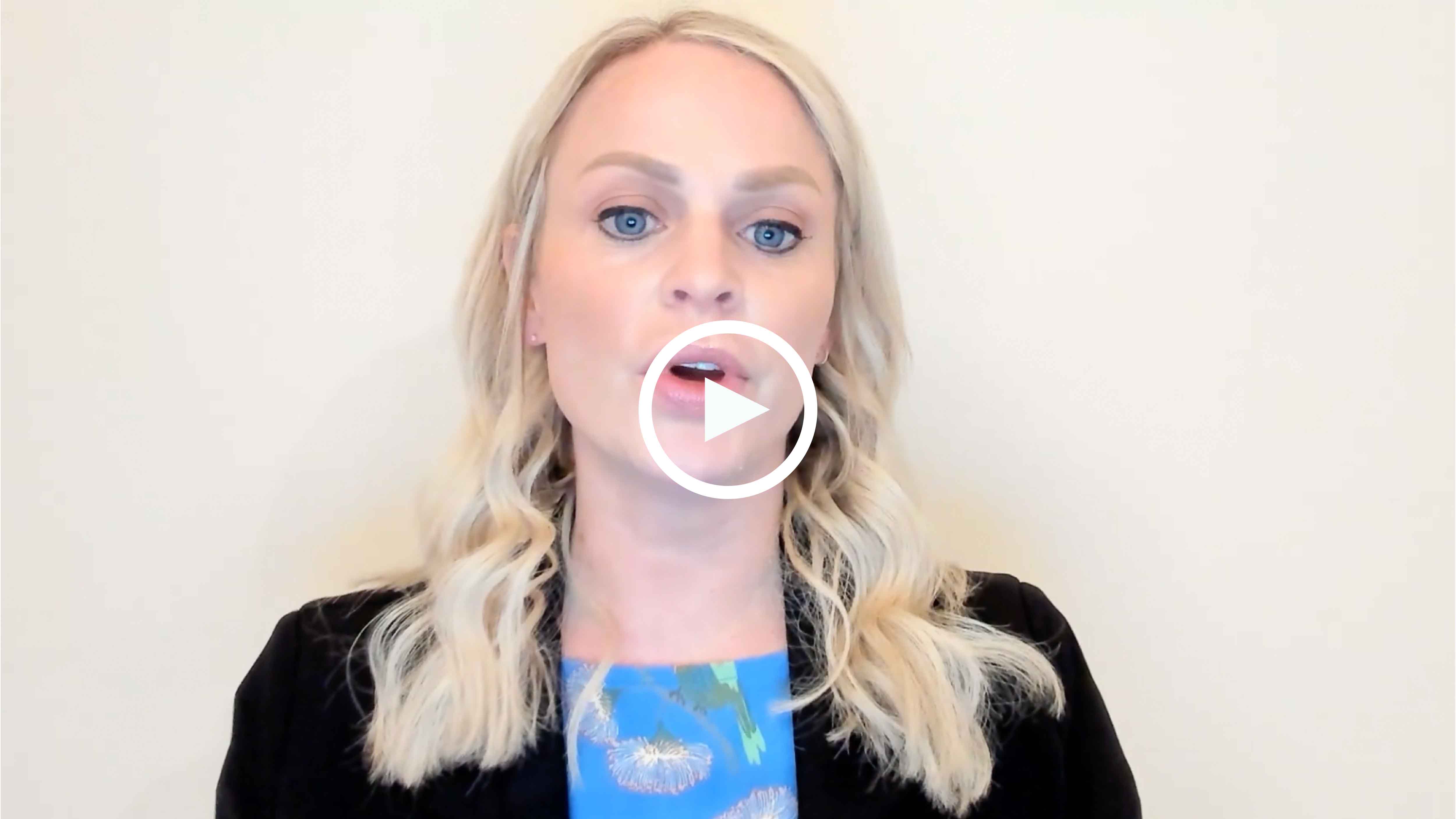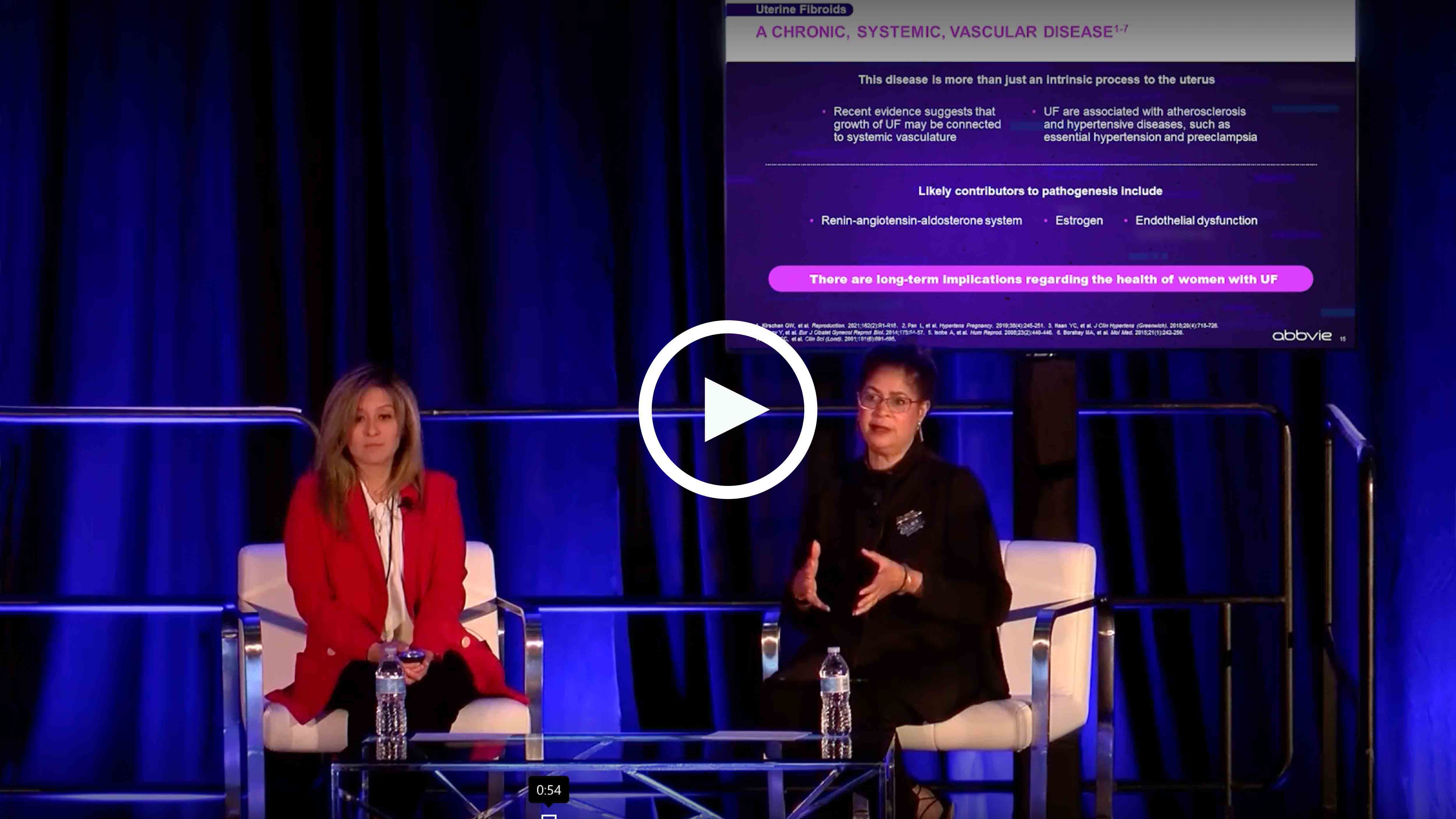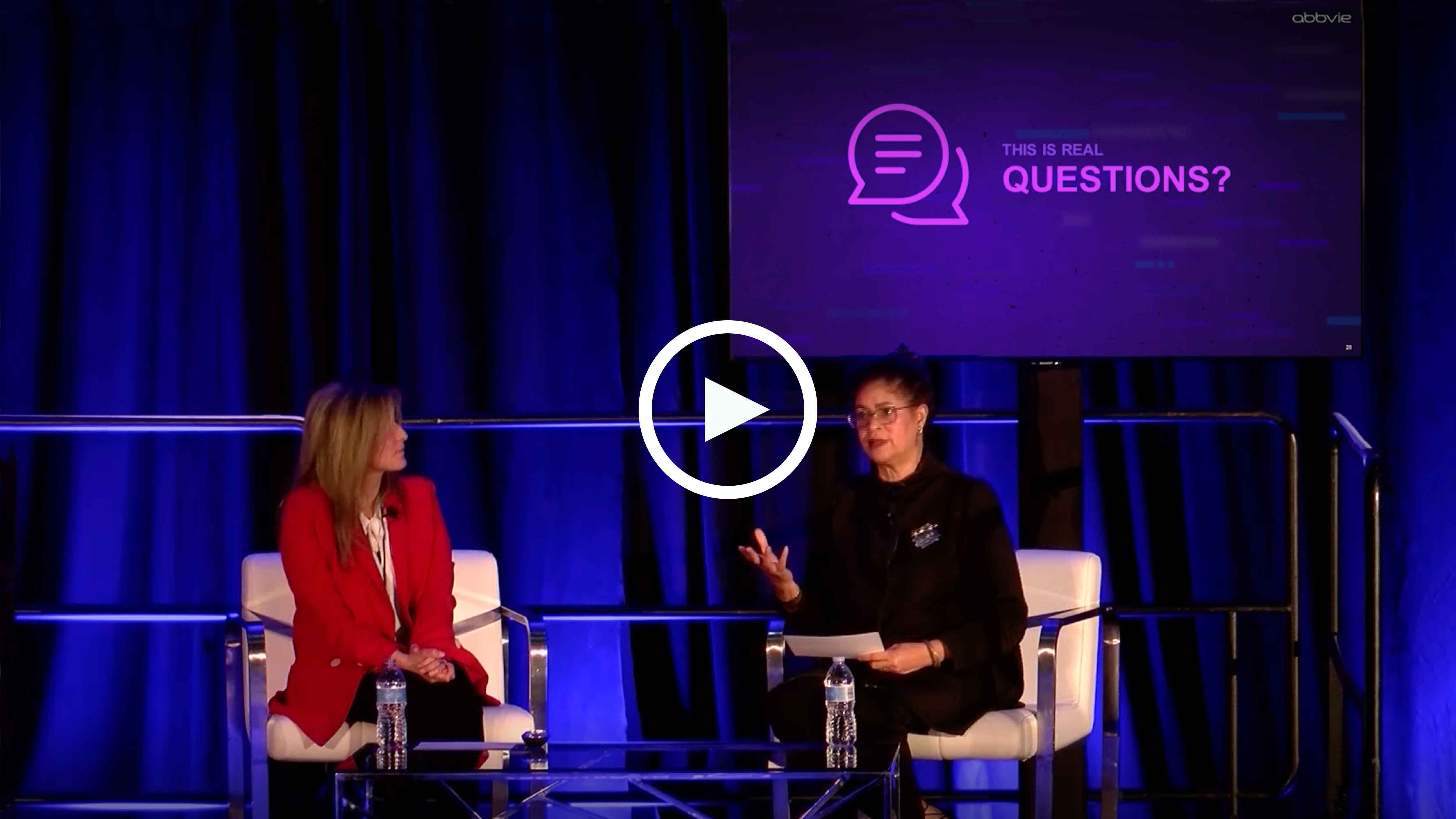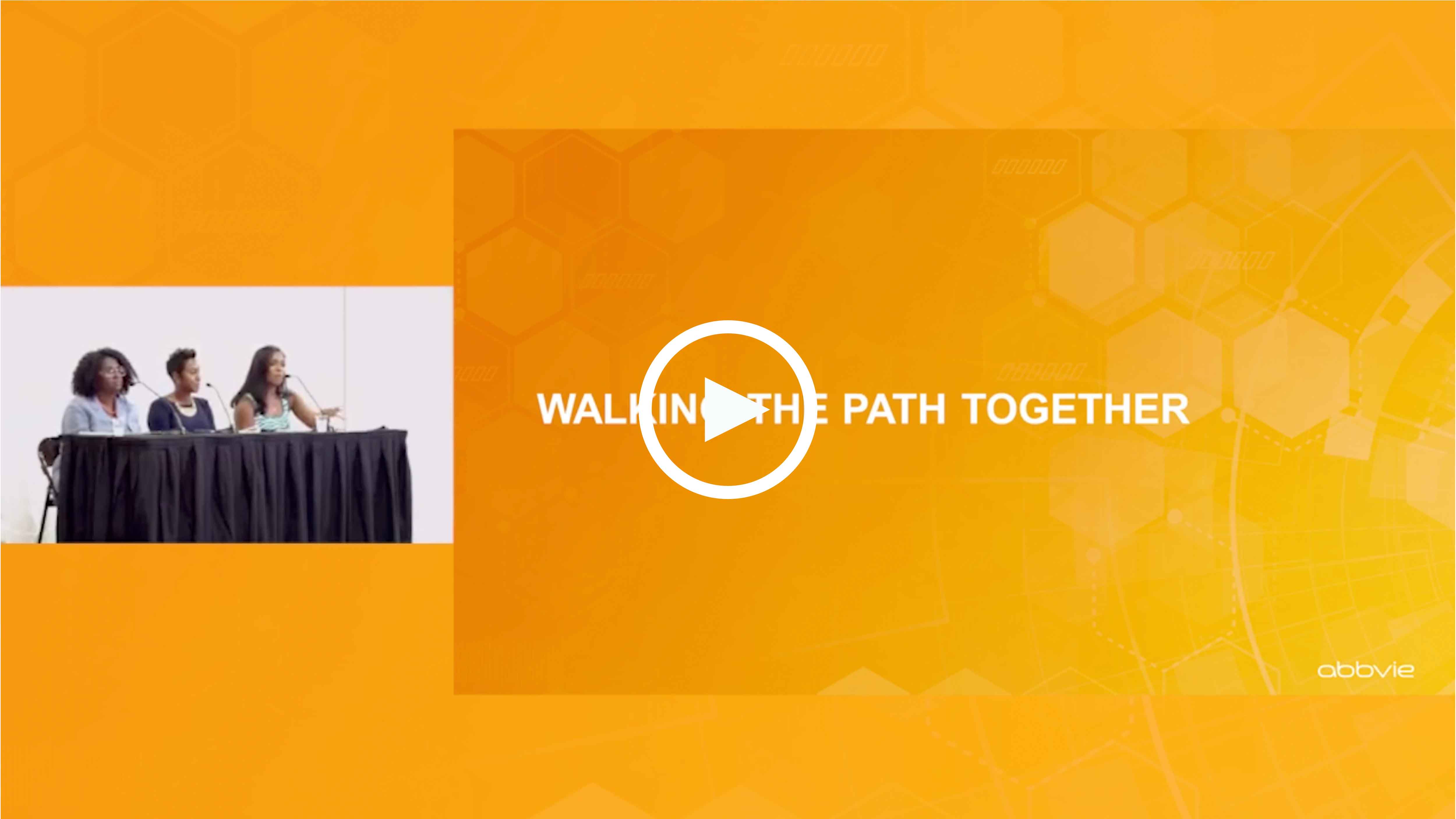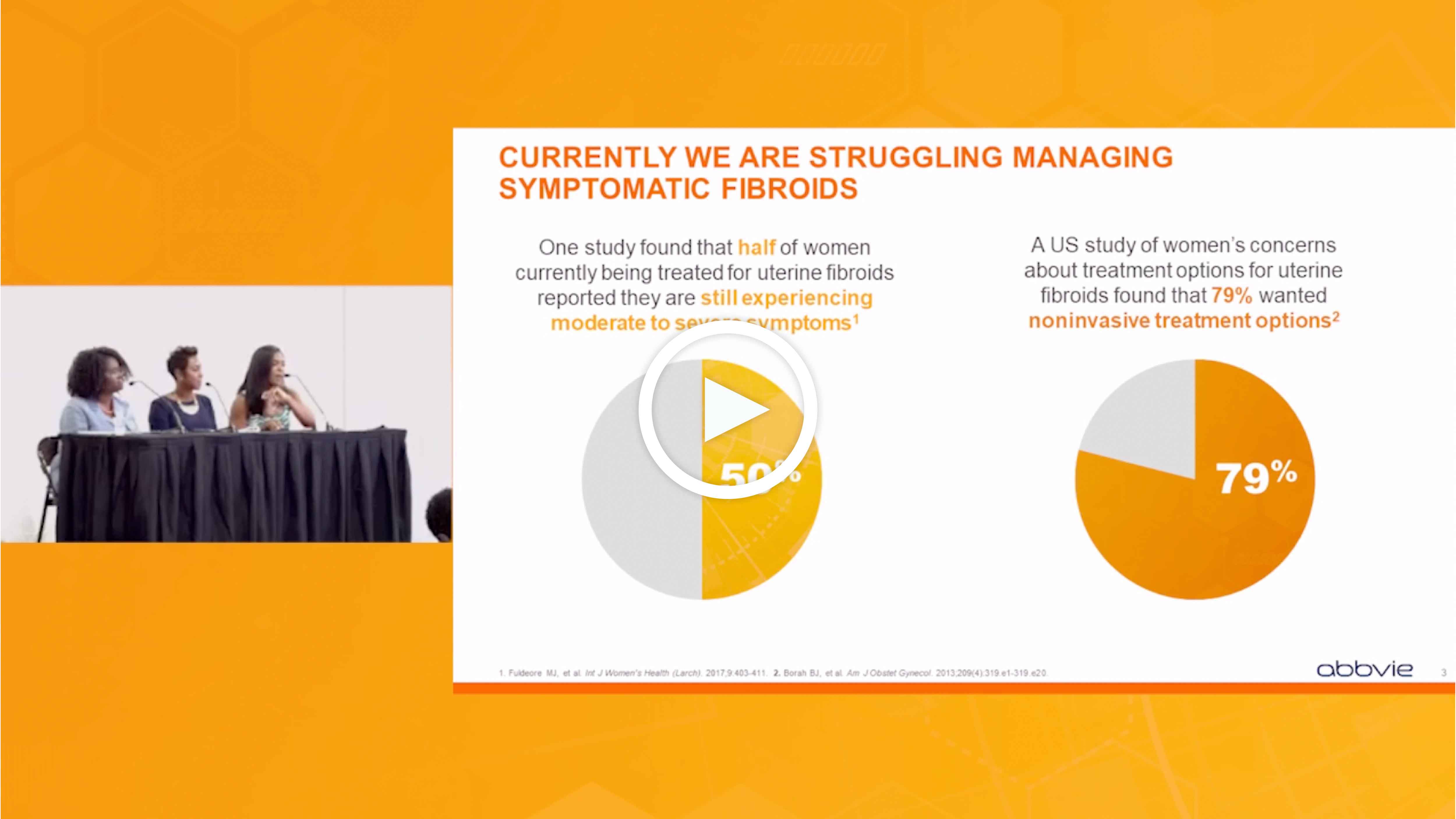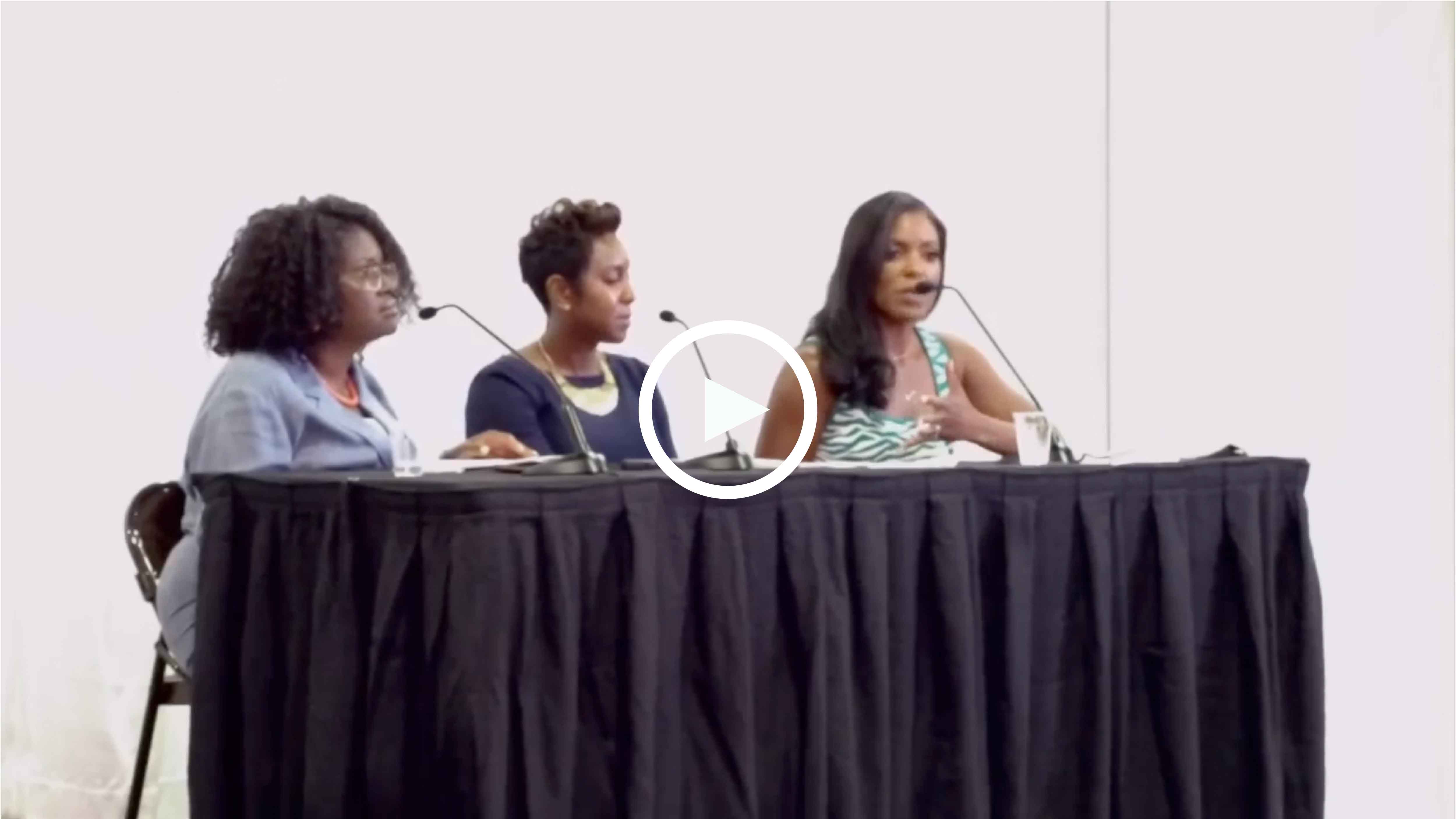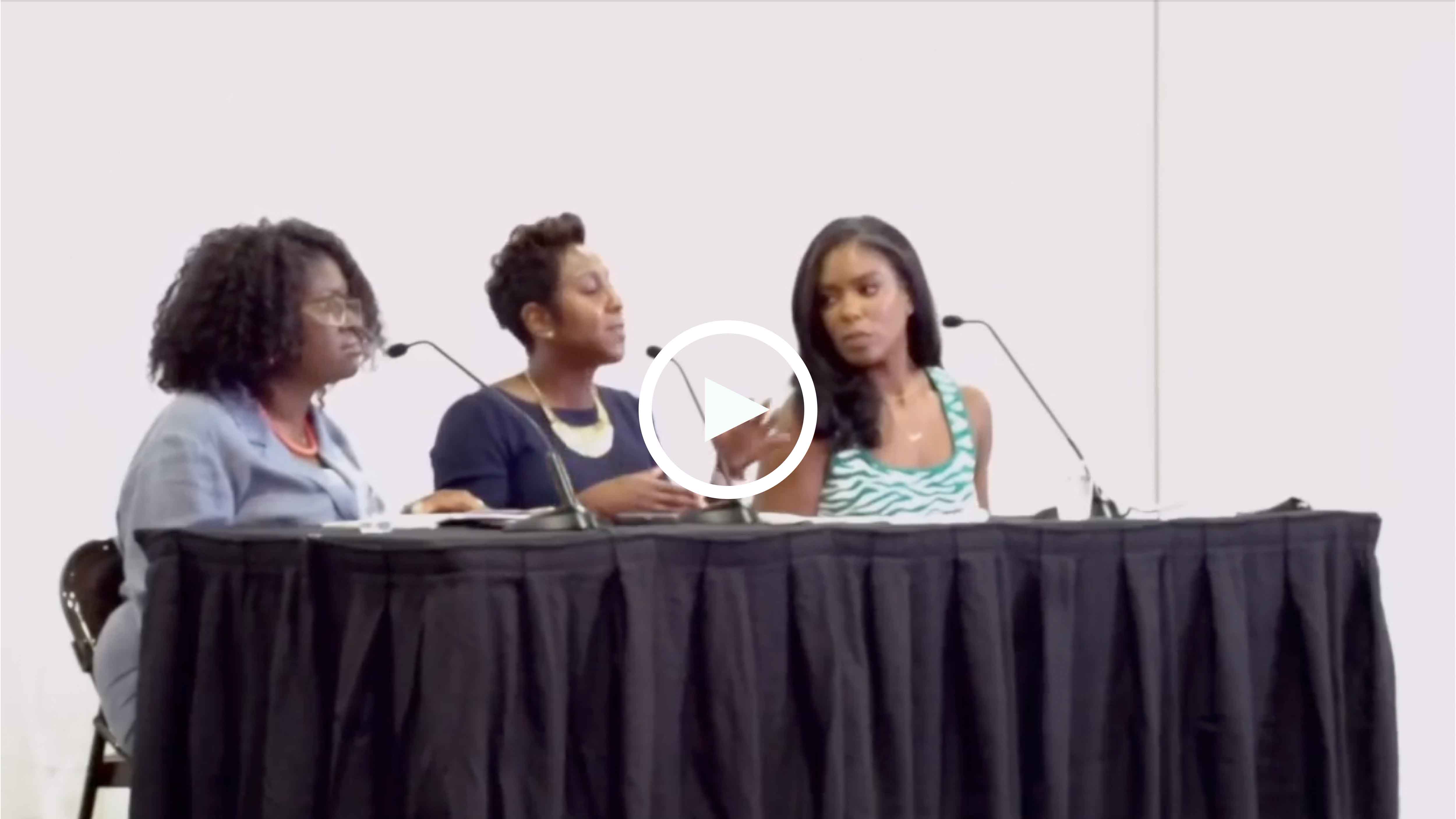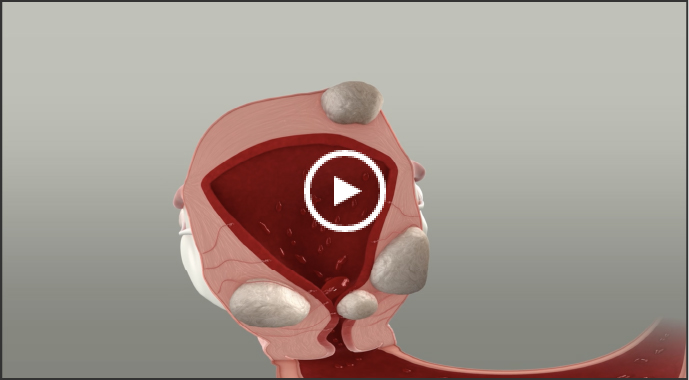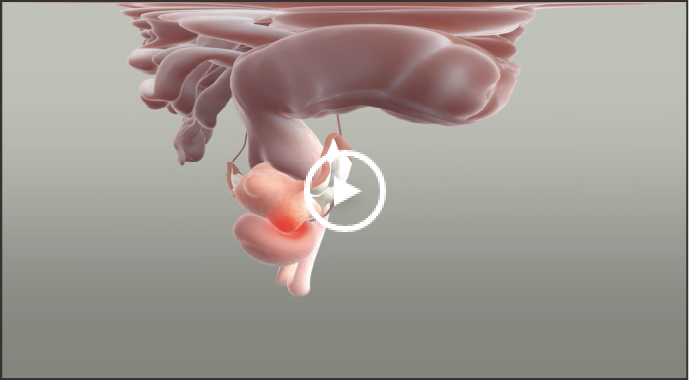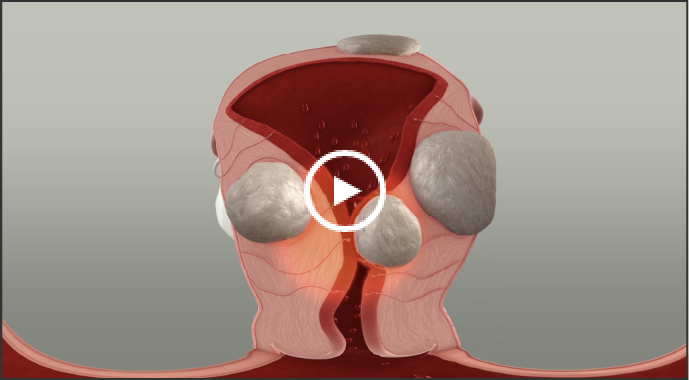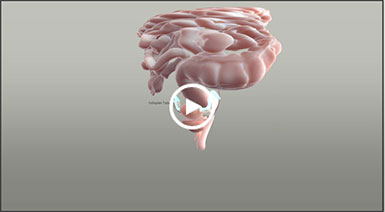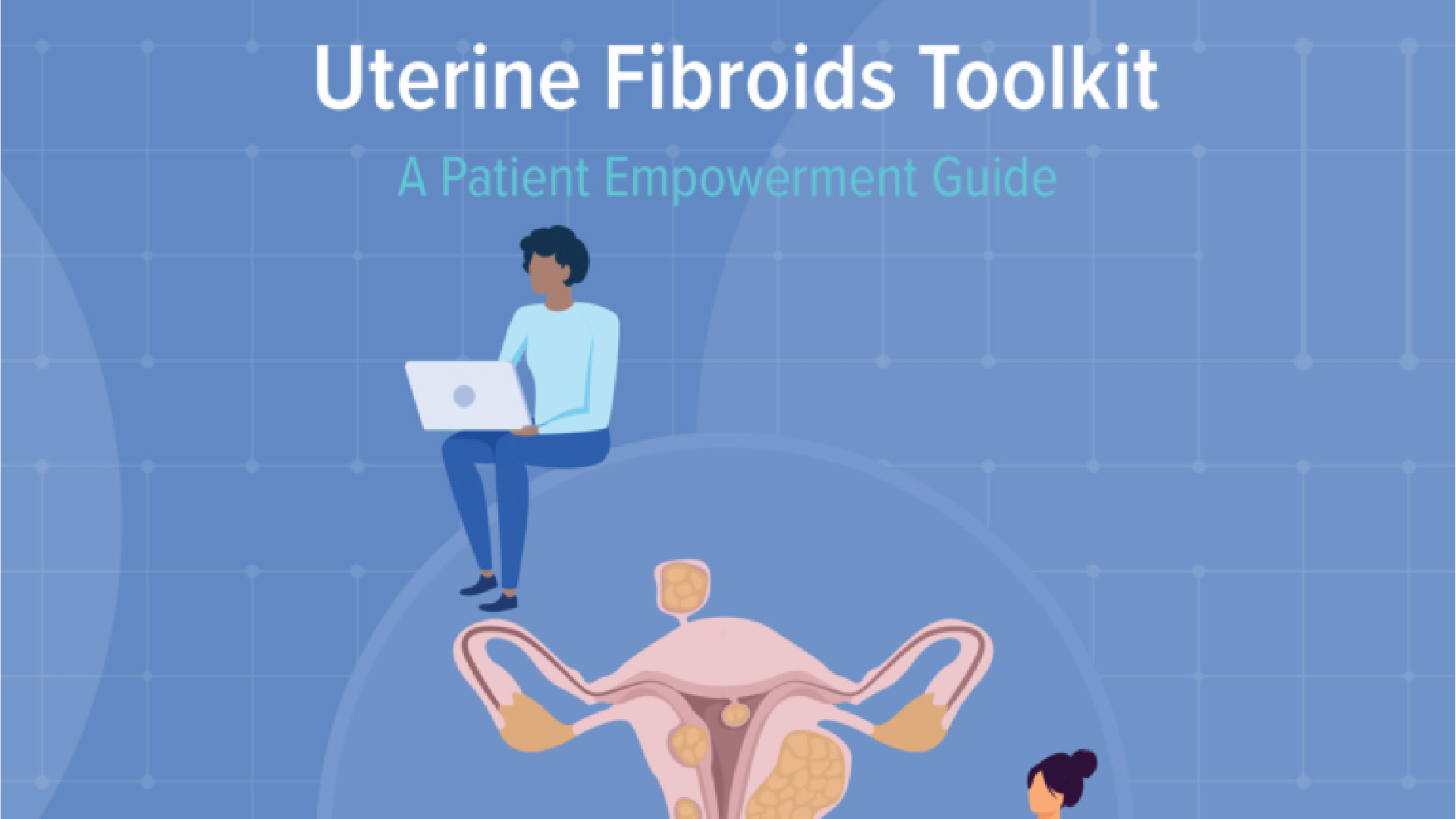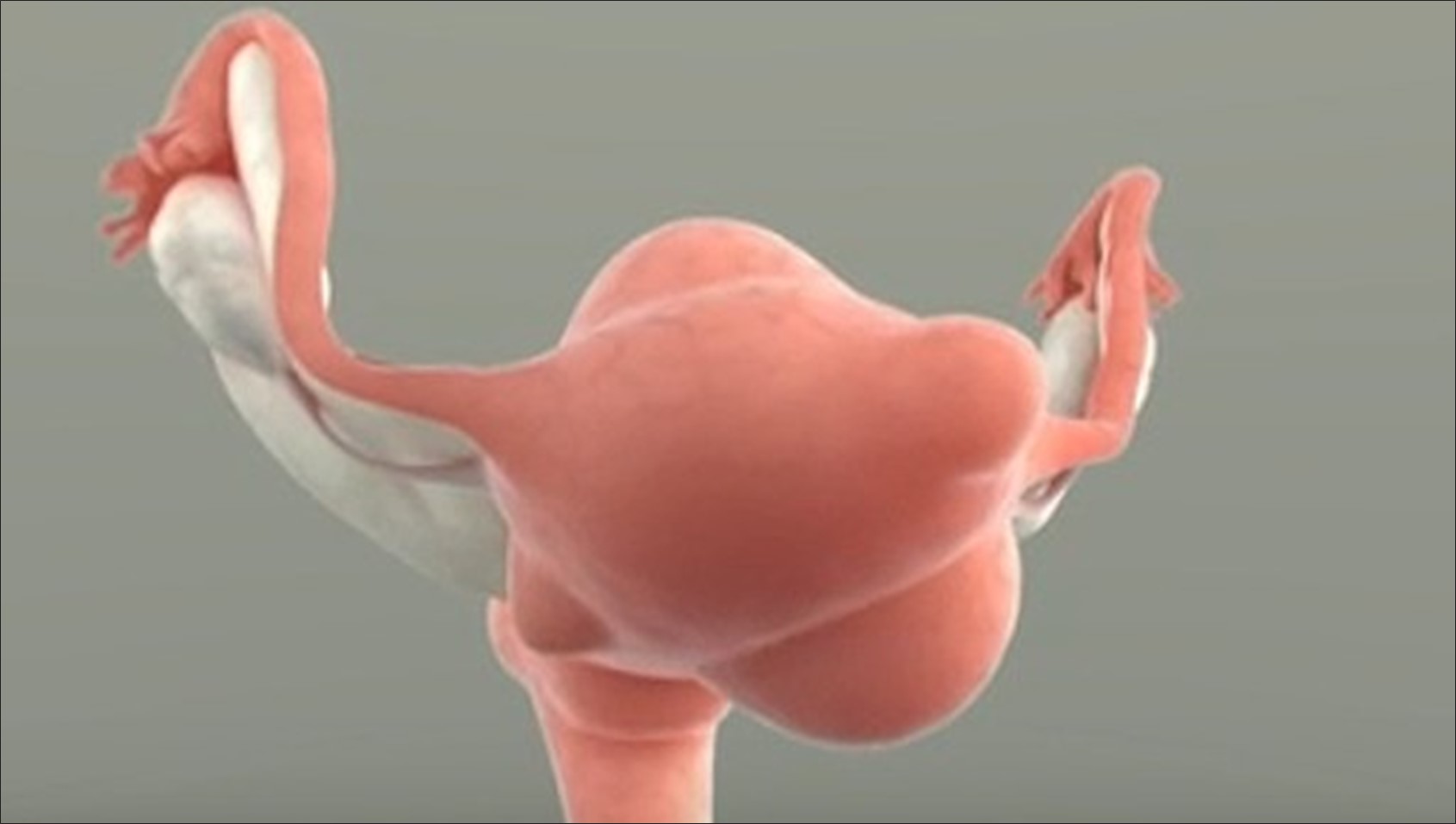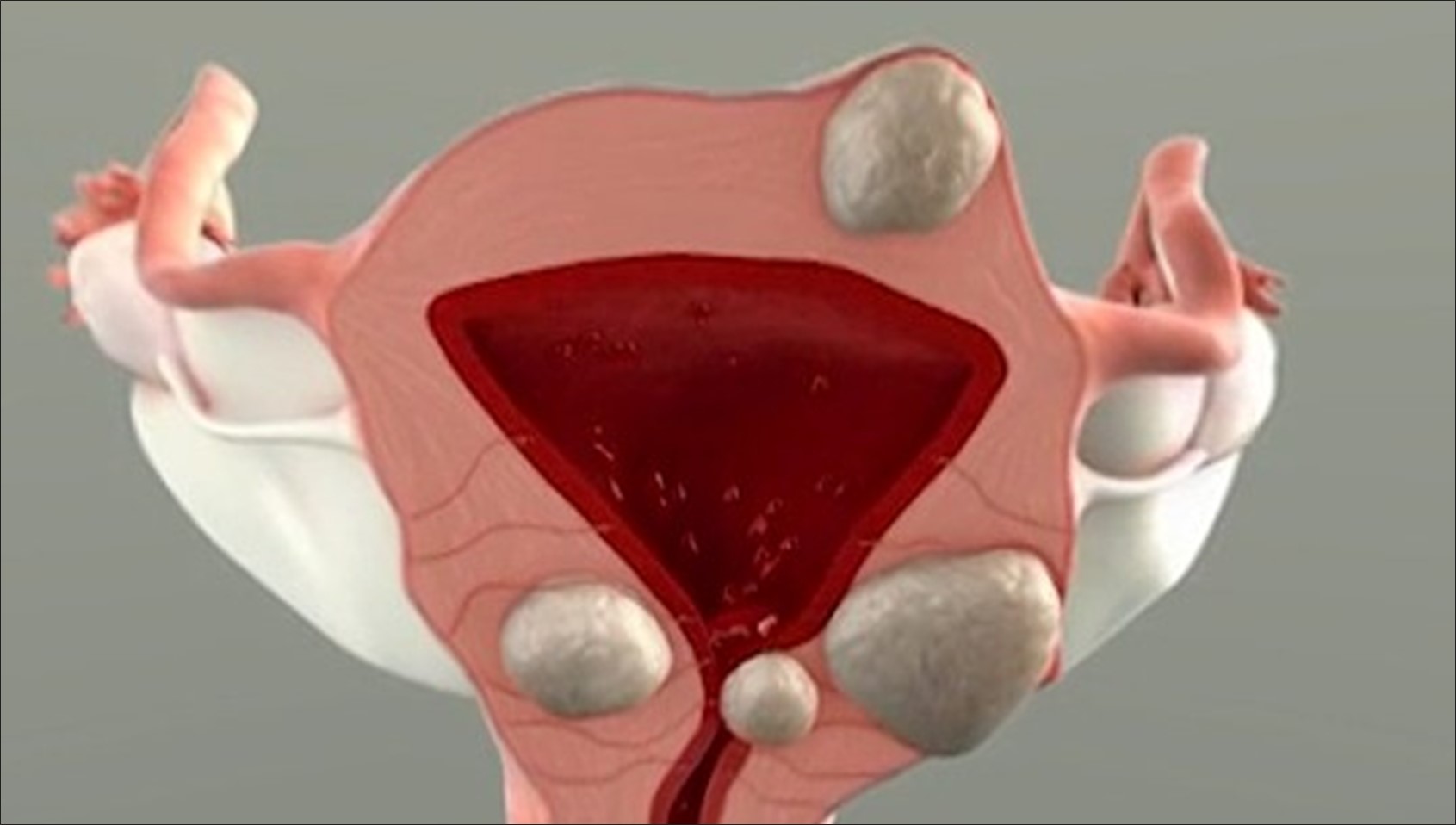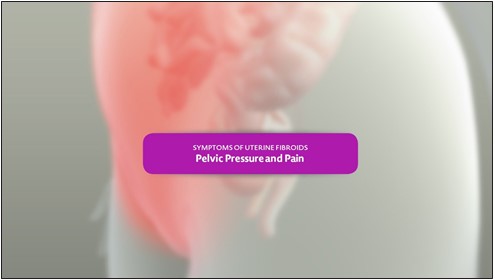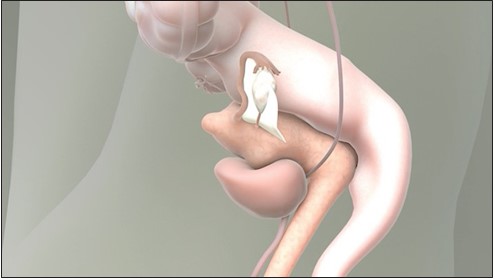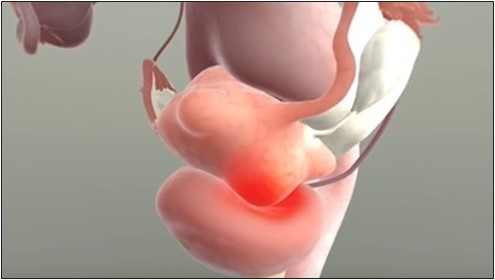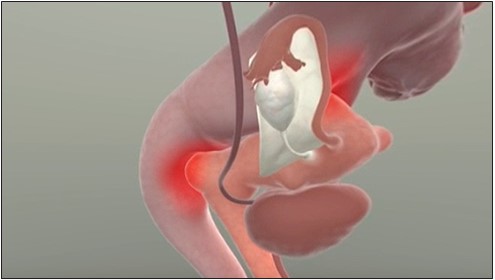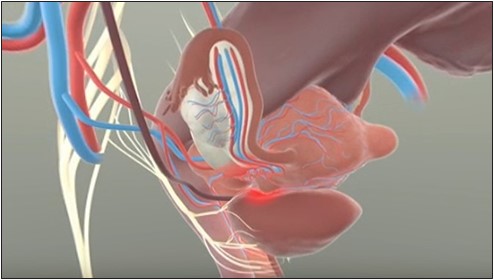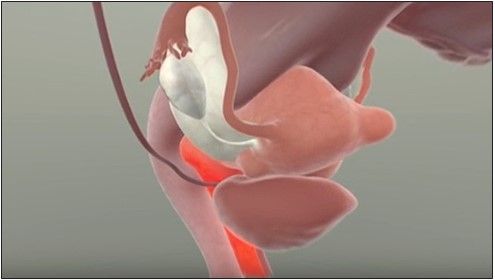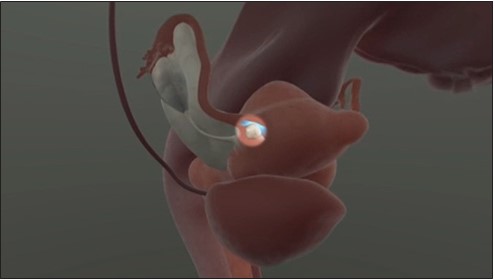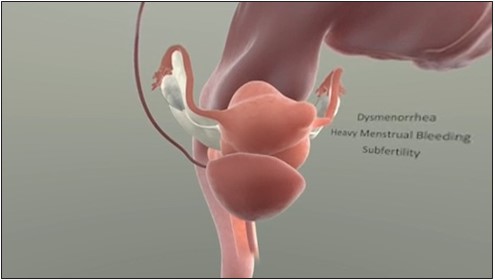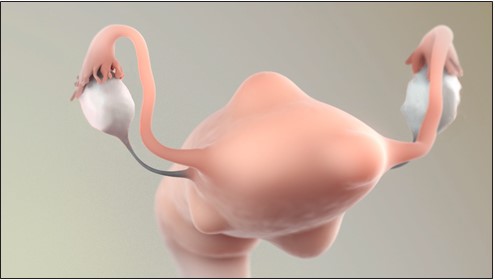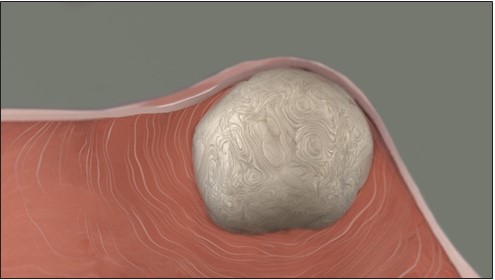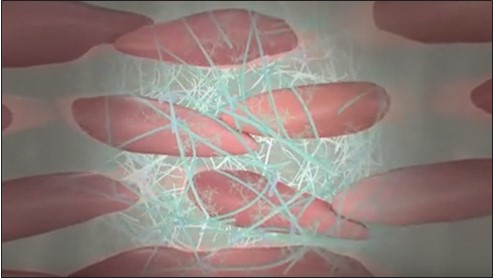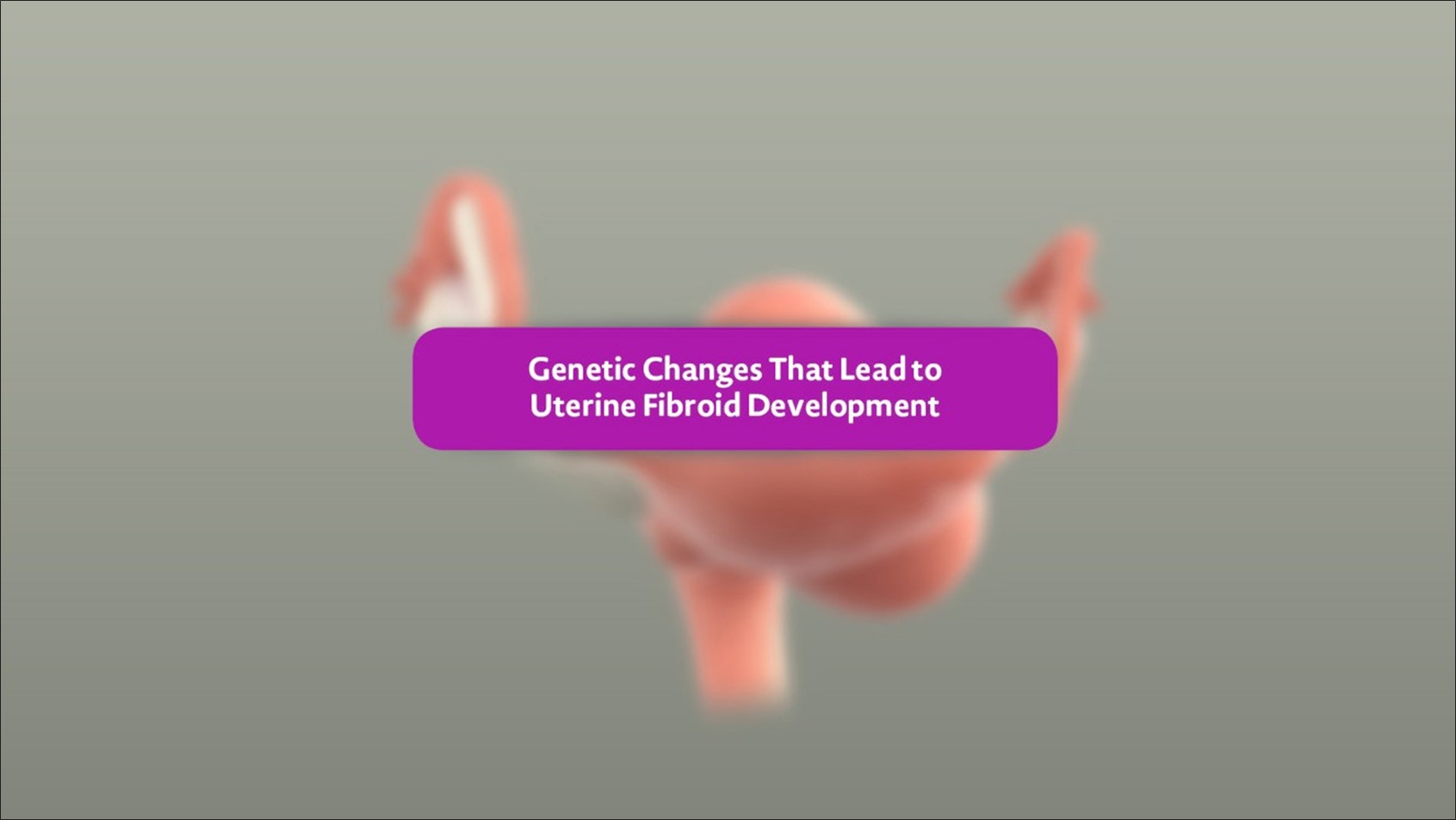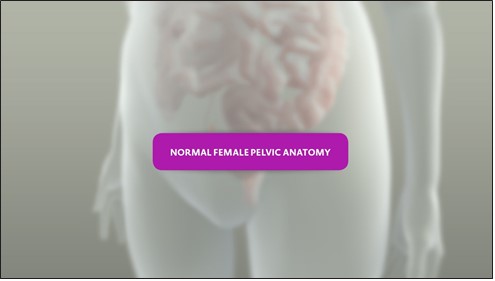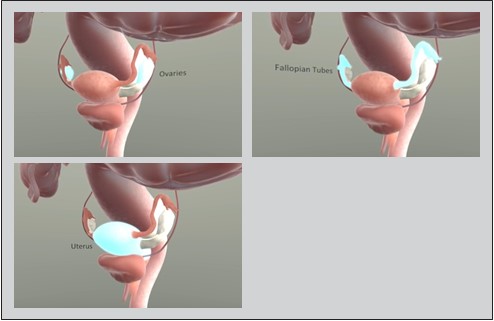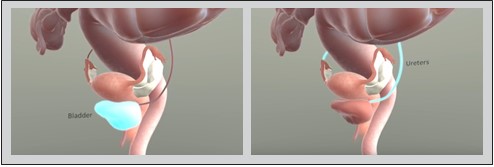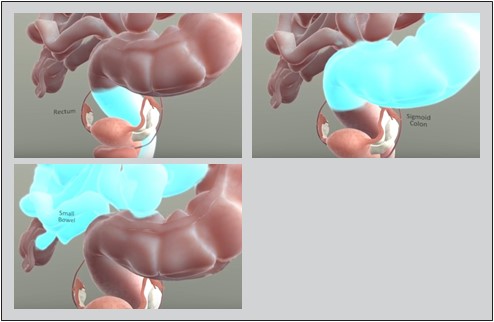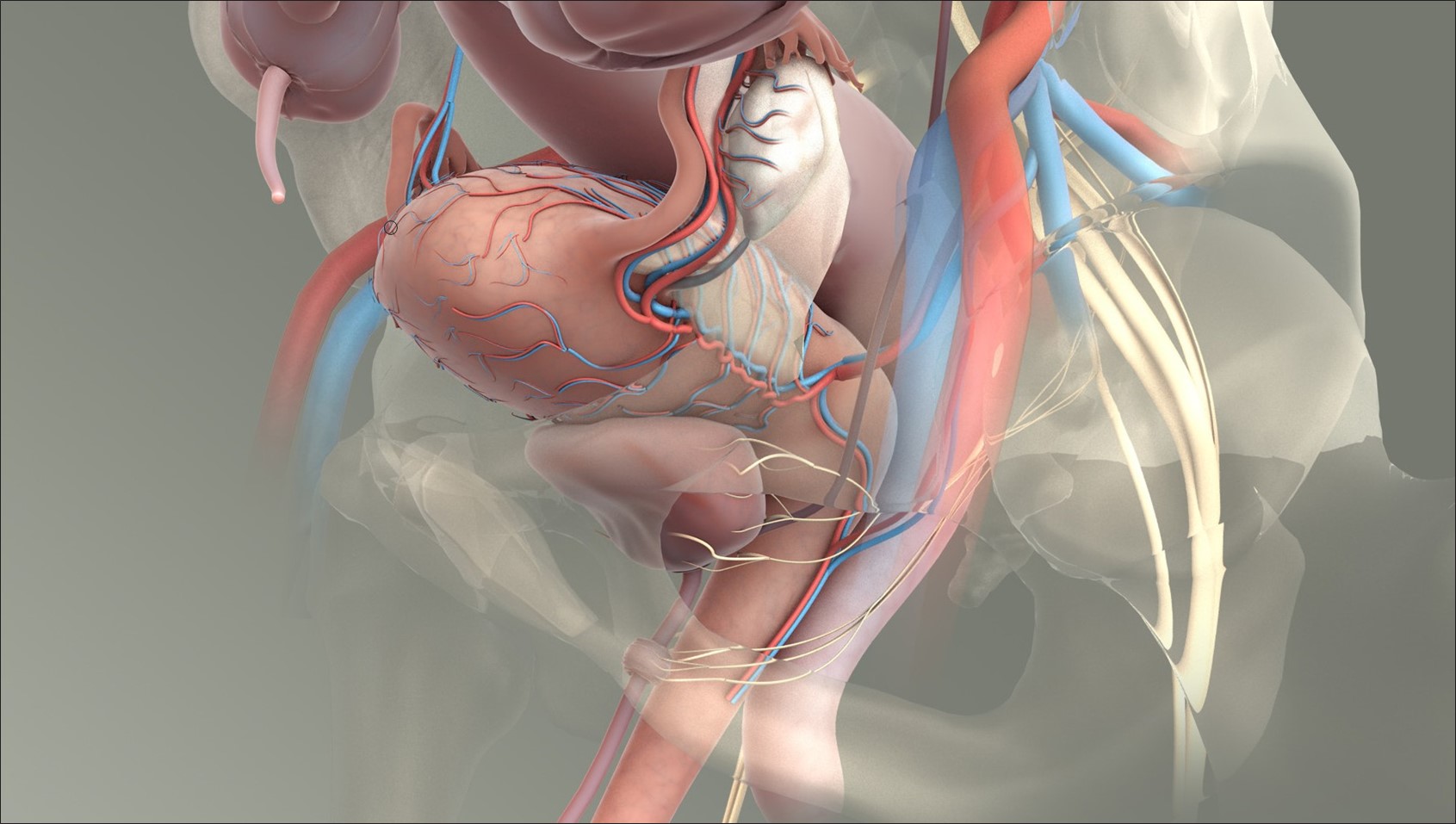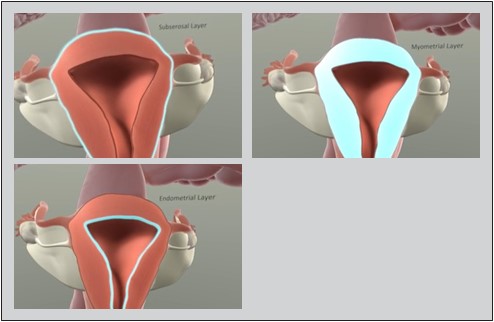Uterine Fibroids 101
Mechanism of Disease
A Foundational Understanding
of UF
Learn the symptoms and prevalence of this disease among the general population by race and age
UF Classifications
An overview of uterine fibroid classifications by location and how this impacts symptoms
Regulation of Reproductive Axis
Gonadotropin-releasing Hormone (GnRH) Signaling
Review the role of GnRH in the hypothalamic-pituitary-gonadal axis
GnRH Agonist
Learn about the GnRH agonist’s mechanism of action and its effect on the hypothalamic-pituitary-gonadal axis
Provider Insights
Communication and Evaluation
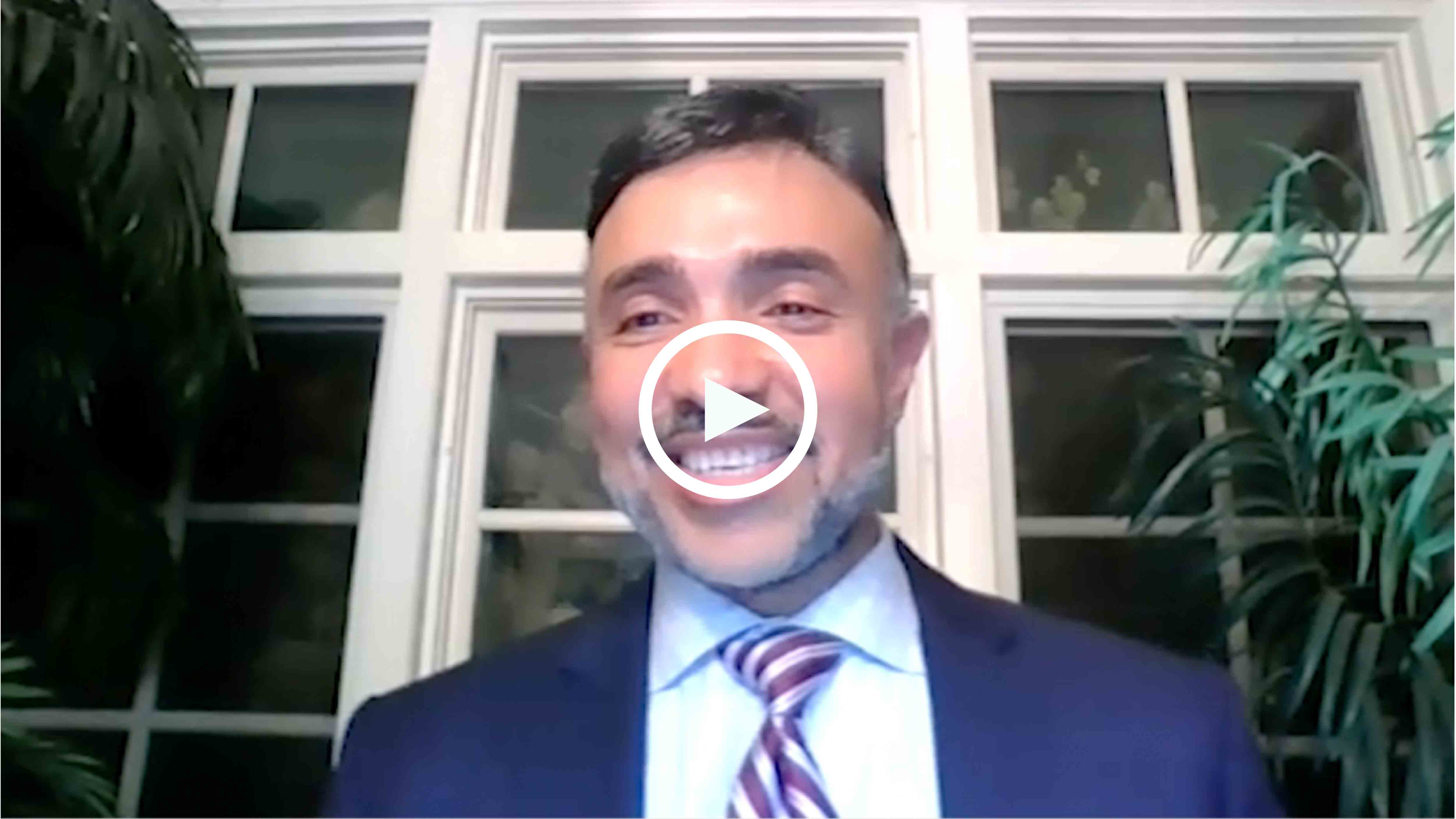
Approaching the Telehealth Visit
Improve patient-provider communication and encourage open dialogue
Establishing Diagnosis
Review the guidelines and best practices for diagnosis
HMB Associated With UF Management Overview
Medical Approach Considerations
Review the risks and benefits of current
management of HMB associated with uterine
fibroids
Surgical Approach Considerations
Review the risks and benefits of surgical
procedures for HMB associated with uterine
fibroids
Surgical Consequences
Understand how surgical interventions may be associated with long-term consequences on
overall health
Psychosocial Well-being and Barriers
Addressing Clinical Biases
Learn how stigma, normalization, and dismissal contribute to diagnostic delay
Encouraging Patient Discourse
Discuss why patients are reluctant to speak
about burdensome symptoms and how society
plays a role
Encouraging Provider Discourse
Learn how to elicit the whole story from patients
by listening and asking the right questions
Agile Management Practices
Sharing the Journey
Understand the importance of aligning with
patient goals to guide management
Nomenclature
The videos in this section review the following International Federation of Gynecology and Obstetrics (FIGO) Systems:
System 1:
Nomenclature of symptoms of abnormal uterine bleeding (AUB) in women in the reproductive years
System 2:
Classification of causes of AUB in women in the reproductive years, which are collectively called PALM-COEIN ([Polyps, Adenomyosis, Leiomyomas, Malignancy/hyperplasia] and [Coagulopathy, Ovulatory disorders, Endometrial disorders, Iatrogenic, Not classified])
FIGO Systems Presentations
FIGO-AUB System 1
AUB: FIGO Systems and
Nomenclature
Understand why the FIGO systems for nomenclature and classification of AUB were developed and new terms were standardized
FIGO-AUB Systems 1 & 2: A Structured Framework for Investigating AUB
Introduction
Review the components of the initial investigation for reproductive-aged women with chronic AUB
COEIN: Investigation into Women With AUB
Learn what COEIN is and how a structured patient history and laboratory evaluation play a role in the assessment
FIGO-AUB System 2
FIGO-AUB System 2 Overview
Learn how this system can guide the clinical investigation and the design of therapeutic options, including an introduction to PALM-COEIN
PALM and AUB Symptoms
Review PALM and how these etiologies may contribute to AUB symptoms; includes imaging examples
PALM-COEIN Subclassification System for Leiomyomas
PALM-COEIN Introduction
Understand how the subclassification system for leiomyomas guides HCPs with clinical evaluation and appropriate therapy identification
FIGO Leiomyoma Subclassification
System
Review the FIGO subclassification system for fibroids in the submucosal, other, and hybrid classes
In-depth Program Symposia
American College of Obstetricians and Gynecologists (ACOG) Symposium
Patient-Centered Care: An Update on Treatment Options for the Patient With Symptomatic Uterine Fibroids
This symposium prerecording was available at the ACOG 2021 Virtual Annual Clinical and Scientific Meeting on April 30, 2021.
Quality of Life: Asking the Right Questions
Gain a true understanding of and empathy for the impact that heavy menstrual bleeding plays in patients’ lives
Shared Decision-Making
Learn from four KOLs who discuss how to include patients in the decision-making process and better understand their treatment goals
National Medical Association (NMA) Symposium
Hear Her Voice, Know Her Burden: A Dialogue on the Racial Disparity in Women With Uterine Fibroids
This symposium prerecording was available at the NMA 2021 Virtual Convention and Scientific Assembly on July 17, 2021.
Patient Presentation of Anemia
and Heavy Menstrual Bleeding
Due to UF
Learn more about the typical presentation of women with anemia and uterine fibroids due to heavy menstrual bleeding
UF: Normalization
Understand what factors play a role in the normalization of heavy menstrual bleeding
American College of
Osteopathic Obstetricians and
Gynecologists (ACOOG) Symposium
Patient-first Philosophy: Advancing Women's Health With Therapies for
Symptomatic Uterine Fibroids
This symposium prerecording was available at the ACOOG 2021 Advances in
Women's Health Meeting on October 23, 2021.
Impact of the Pandemic
Learn how the pandemic affected patients with
uterine fibroids
The Value of Listening
Identify the most bothersome symptoms by
actively researching patient testimonials
The Bleeding Burden
Understand the multitude of symptoms that
impact patients’ everyday life
ACOG Symposium
This is Real: Recognizing the Systemic
Nature of Uterine Fibroids and Endometriosis
This symposium took place at the ACOG 2022 Annual Clinical and Scientific
Meeting on May 7, 2022.
Systemic Disease
Explore the many aspects of a
disease that goes beyond the pelvis
The Patient Interview
Understand the role of listening
in capturing the patient story
during the office visit
NMA Symposium
Speaking From Experience: Sharing Personal Accounts of the Patient and
Provider Journey to Elevate Care in Uterine Fibroids
This symposium took place at the NMA 2022 Annual Convention and Scientific
Assembly, on August 1, 2022.
Management Pathways
Navigate personalized therapy for patients by
balancing options with goals
Mending Management Expectation Gaps
Understand the patient experience to better align
therapy with the outcomes they hope to
achieve
From Clinic to Community
Gain a broader perspective of the patient burden
through engagement with the uterine
fibroid community
Teaching Empathy
Underscore the value of empathy to providers
early in their career
The Secret of Shared Decision-Making
Learn how to match personal goals with clinical
expertise from a prominent patient
advocate
360-Degree Virtual Immersion Videos
Experience full immersion in these videos simply
by moving your mouse to rotate the view.* These
videos provide viewer-controlled, 360-degree
views inside the organs affected by endometrial
lesions.
Symptoms of UF
Pathogenesis
Hormones and UF Growth
and Development
View the role of hormones in the development and growth of uterine fibroids
Genetic Changes in UF
Genetic Changes in UF
Learn how uterine fibroid development can be associated with genetic changes
Patient Advocacy

The Fibroid Foundation
The Fibroid Foundation is a premier global community of women with fibroids pursuing a mission to give women living with fibroids a voice. Their collaborative partnership with fellow patients and HCPs fosters a supportive relationship where informed women have proactive conversations with trusted providers.
AbbVie has provided financial or other support for the above collaborations.
